
English Encyclopedia
 Minnesota-MN
Minnesota-MN
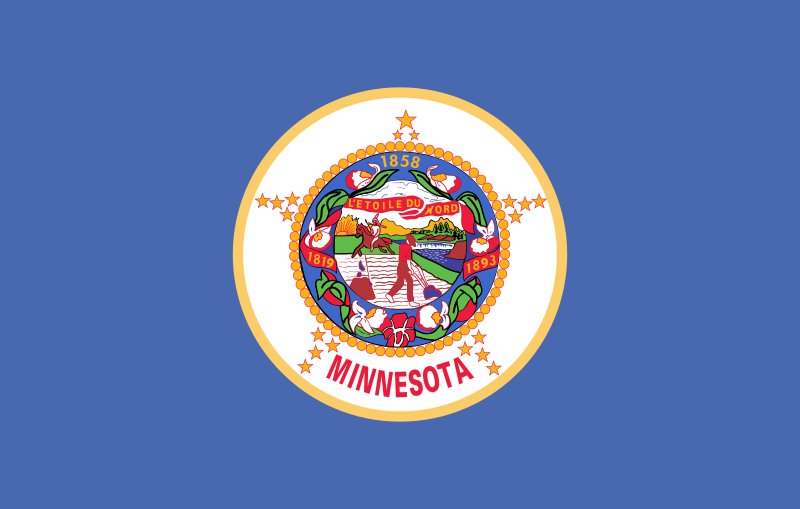

Minneapolis (/ˌmɪniˈæpəlɪs/ ( listen)) is a city in the U.S. state of Minnesota and the county seat of Hennepin County. Abundant in water, with thirteen lakes, wetlands, the Mississippi River, creeks and waterfalls, Minneapolis has its origins in timber and as the flour milling capital of the world. It lies along both banks of the Mississippi River and adjoins Saint Paul, the state capital of Minnesota.
listen)) is a city in the U.S. state of Minnesota and the county seat of Hennepin County. Abundant in water, with thirteen lakes, wetlands, the Mississippi River, creeks and waterfalls, Minneapolis has its origins in timber and as the flour milling capital of the world. It lies along both banks of the Mississippi River and adjoins Saint Paul, the state capital of Minnesota.
The city, inhabited by the Dakota Sioux prior to settlement, got its start due to the construction of Fort Snelling in 1819 eventually spurring growth along Saint Anthony Falls. With 429,954 inhabitants as of 2020, Minneapolis is the most populous city in the state and the 46th most populous city in the nation.
Minneapolis has one of the nation's best park systems, and many of these parks are connected by the Grand Rounds National Scenic Byway. Biking and walking trails, some of which follow old railroad lines, run through many parts of the city, such as the historic Mill District by Saint Anthony Falls and around the lakes of the Lowry Hill area. Minneapolis has cold, snowy winters and humid summers. Some large corporations have their main headquarters in Minneapolis. The city is home to the Guthrie Theater as well as the First Avenue nightclub. Minneapolis is also the host to four professional sports teams.
The main campus of the University of Minnesota is in the city limits along with a few other institutions of higher learning. The downtown area of Minneapolis is served by a light rail system. The city has some highly rated hospitals.
Minneapolis has been a Minnesota Democratic-Farmer-Labor Party (DFL) stronghold for 50 years. The city uses a mayor council government system. Jacob Frey (DFL) has been mayor since 2018. The May 2020 murder of George Floyd, a Black man, by Derek Chauvin, a white officer of the Minneapolis Police Department in the city sparked global protests and put Minneapolis and racism in the national and international spotlights.

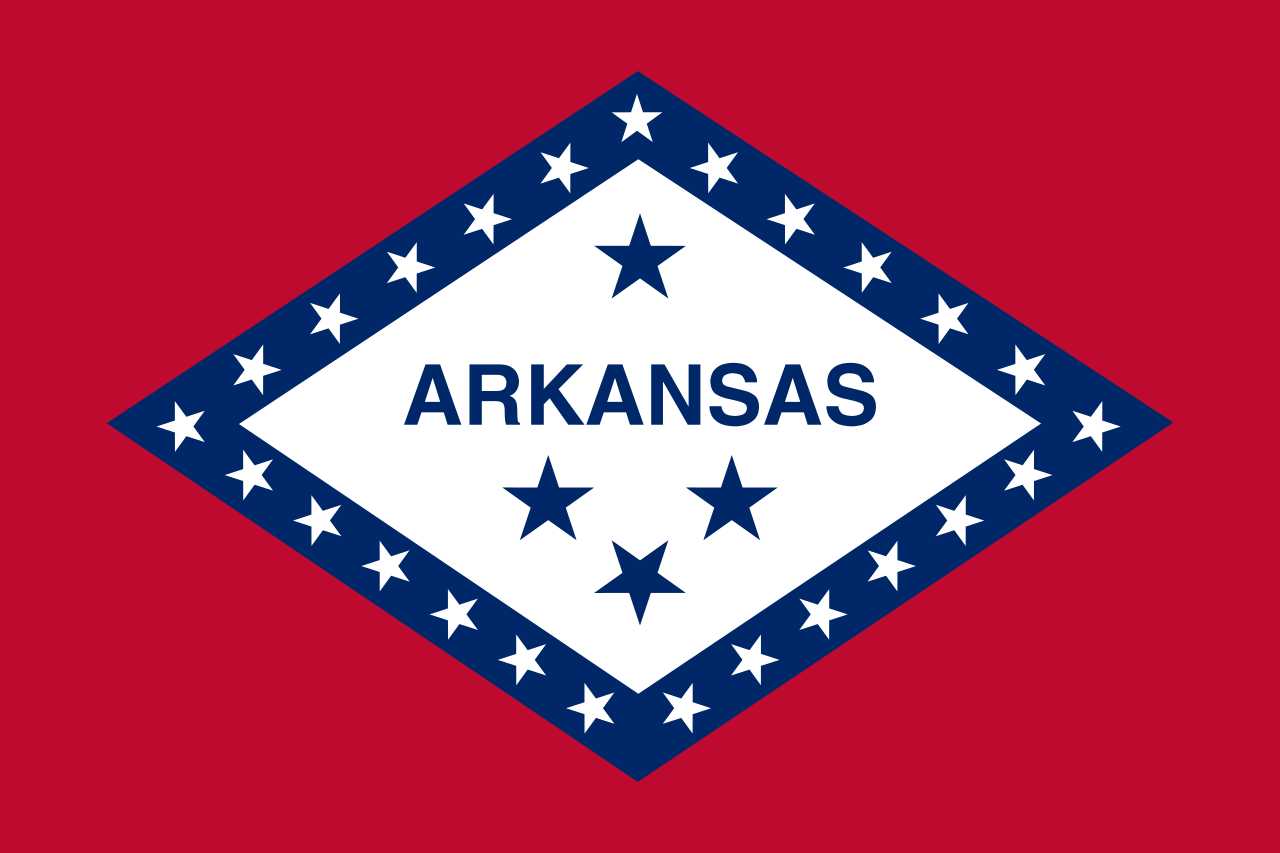 Arkansas-AR
Arkansas-AR

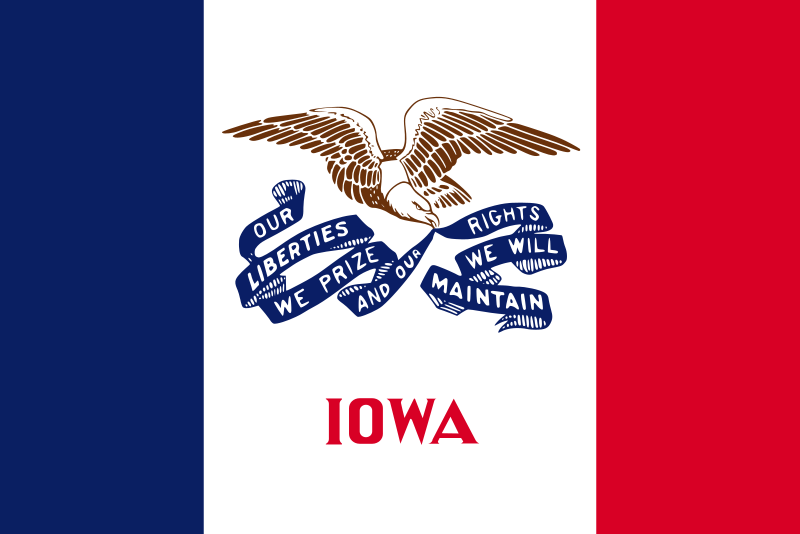 Iowa-IA
Iowa-IA

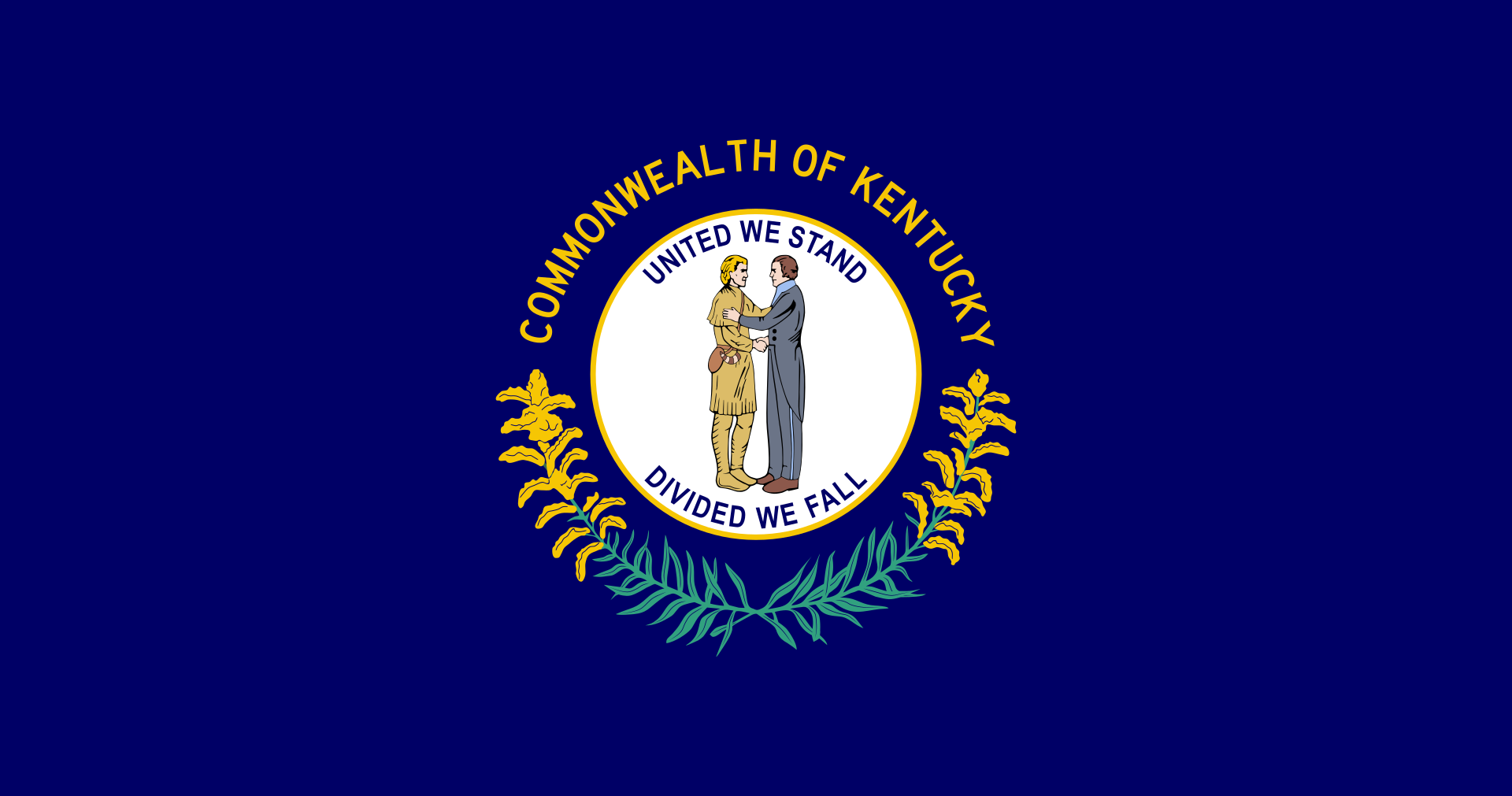 Kentucky-KY
Kentucky-KY

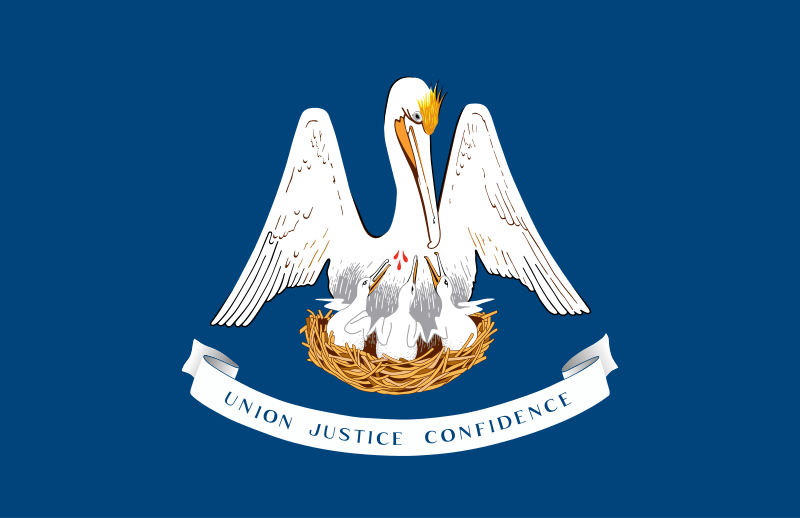 Louisiana-LA
Louisiana-LA

 Minnesota-MN
Minnesota-MN
 Mississippi River
Mississippi River

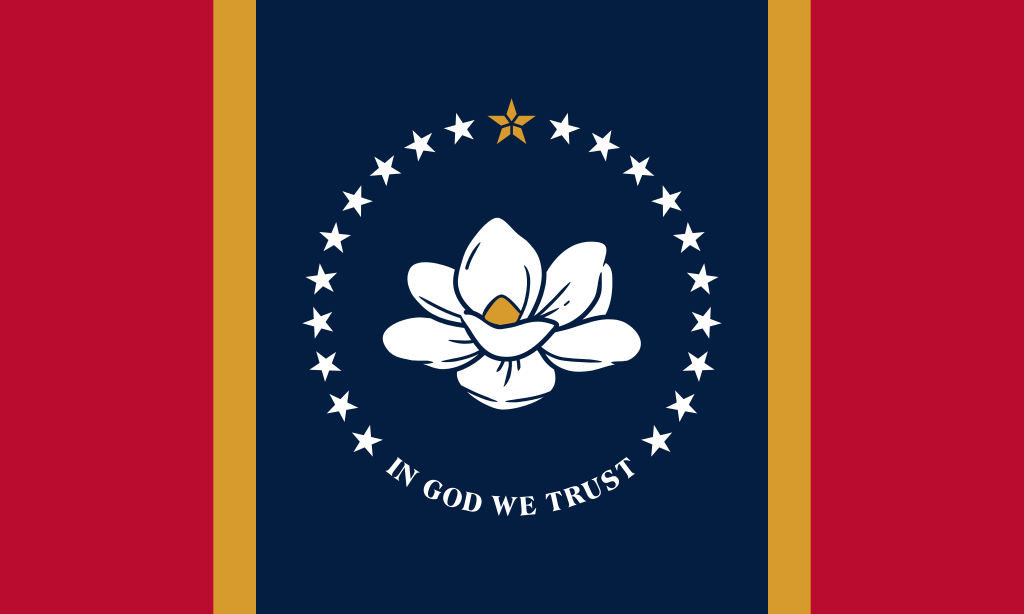 Mississippi-MS
Mississippi-MS

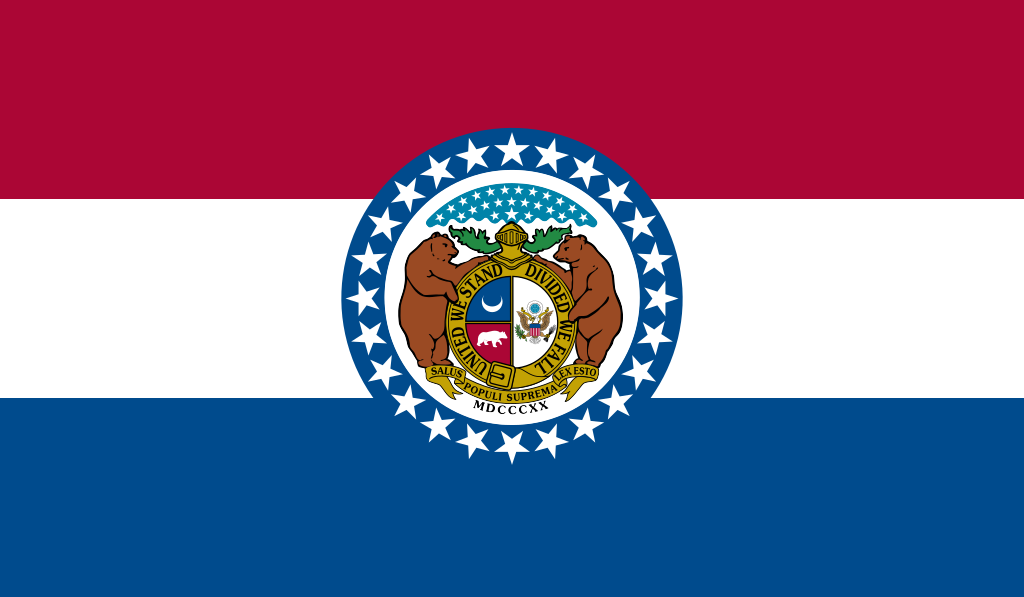 Missouri-MO
Missouri-MO

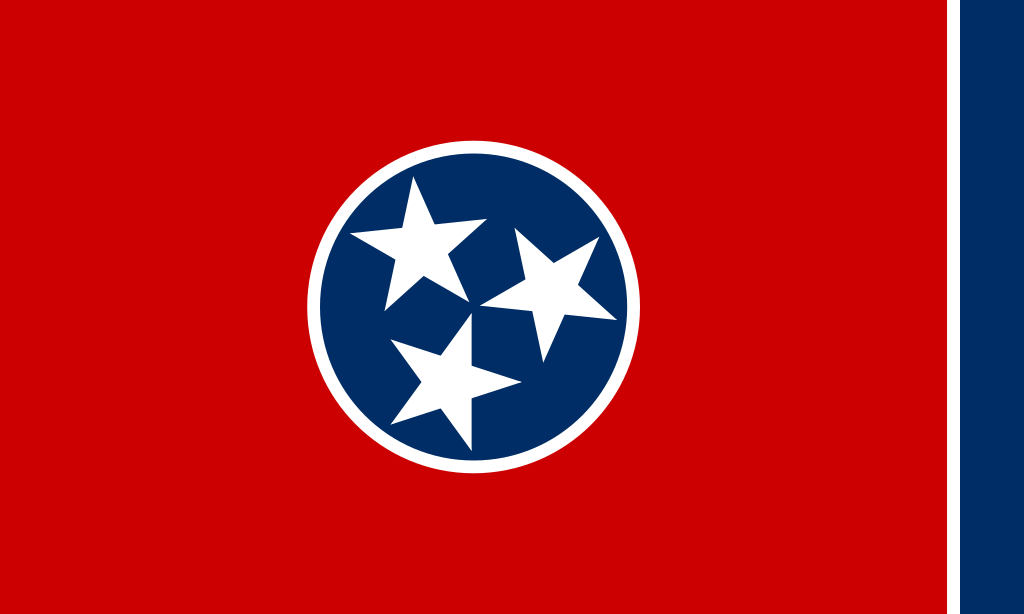 Tennessee-TN
Tennessee-TN
 United States
United States

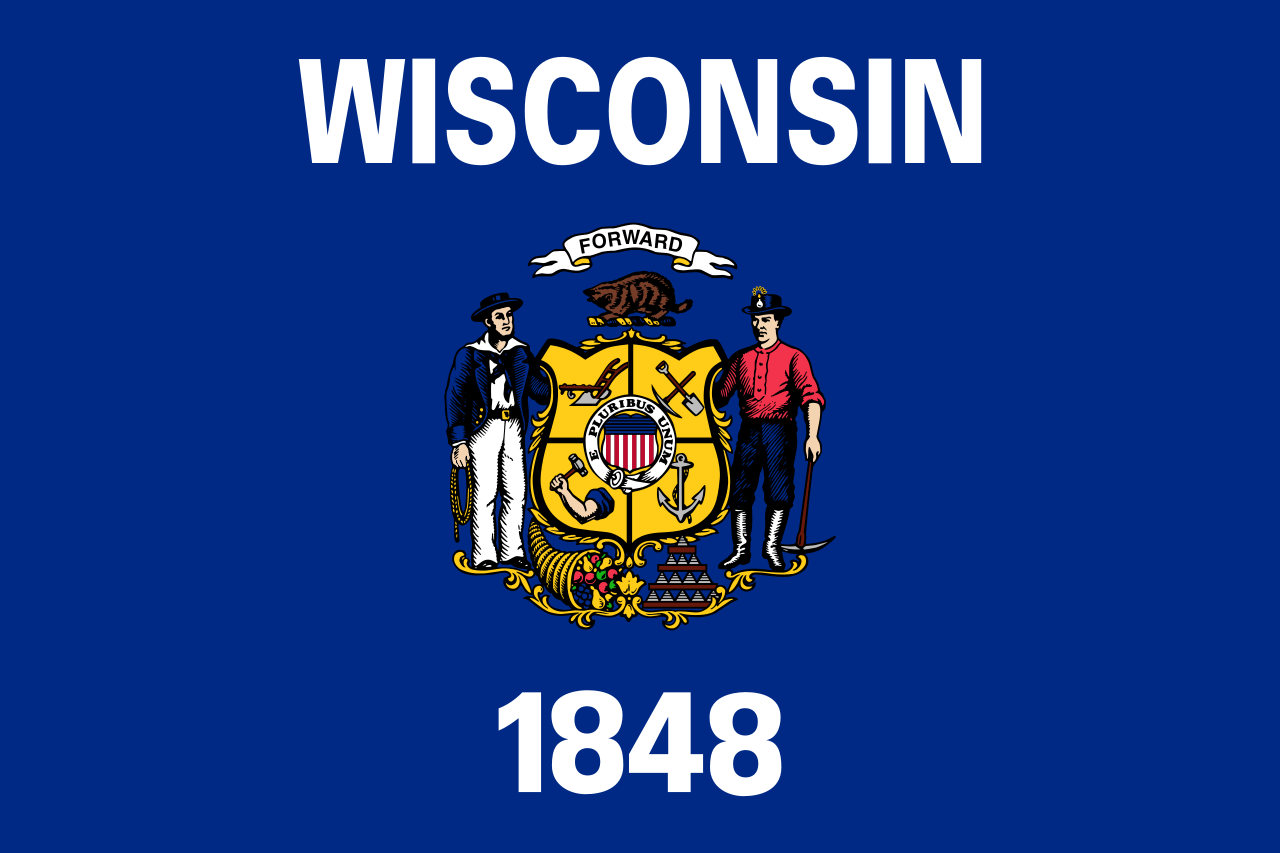 Wisconsin-WI
Wisconsin-WI
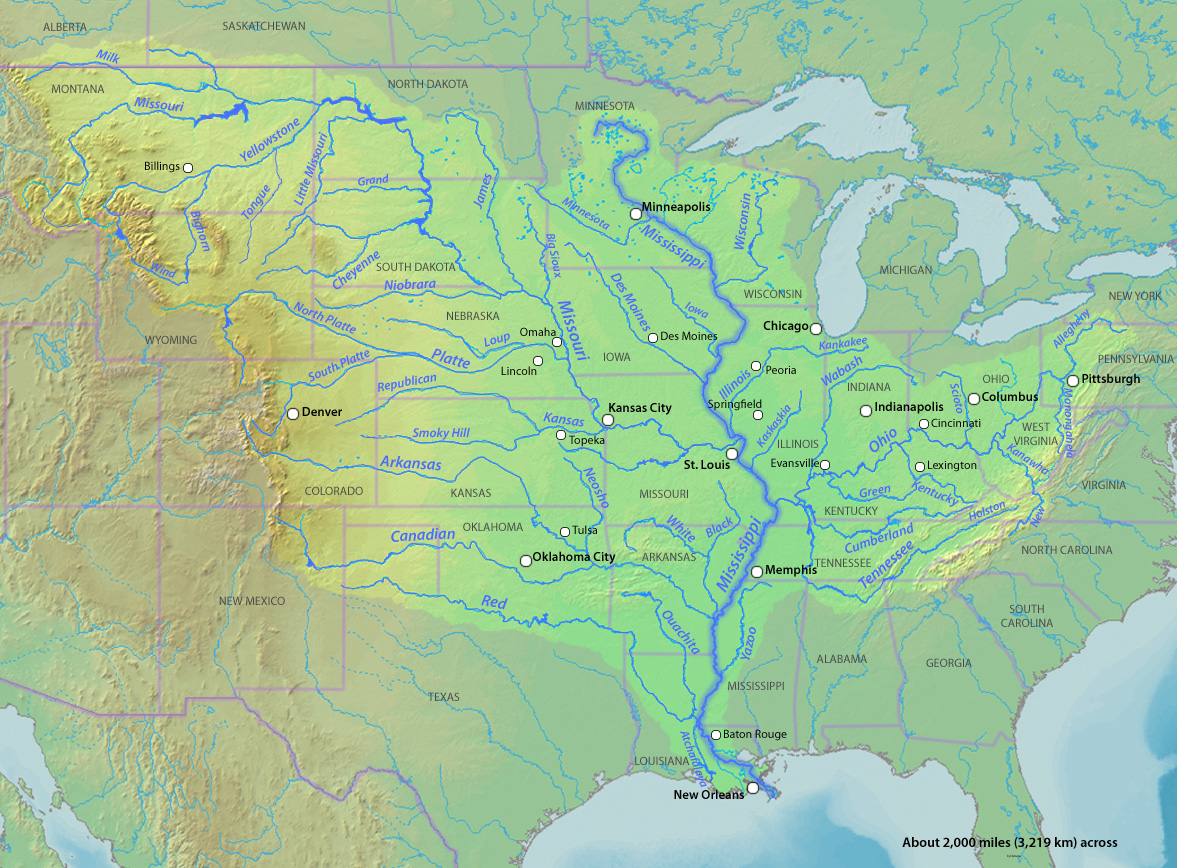
The Mississippi River is the second-longest river and chief river of the second-largest drainage system on the North American continent, second only to the Hudson Bay drainage system.[14][15] From its traditional source of Lake Itasca in northern Minnesota, it flows generally south for 2,320 miles (3,730 km)[15] to the Mississippi River Delta in the Gulf of Mexico. With its many tributaries, the Mississippi's watershed drains all or parts of 32 U.S. states and two Canadian provinces between the Rocky and Appalachian mountains.[16] The main stem is entirely within the United States; the total drainage basin is 1,151,000 sq mi (2,980,000 km2), of which only about one percent is in Canada. The Mississippi ranks as the fourth-longest river and fifteenth-largest river by discharge in the world. The river either borders or passes through the states of Minnesota, Wisconsin, Iowa, Illinois, Missouri, Kentucky, Tennessee, Arkansas, Mississippi, and Louisiana.[17][18]
Native Americans have lived along the Mississippi River and its tributaries for thousands of years. Most were hunter-gatherers, but some, such as the Mound Builders, formed prolific agricultural societies. The arrival of Europeans in the 16th century changed the native way of life as first explorers, then settlers, ventured into the basin in increasing numbers.[19] The river served first as a barrier, forming borders for New Spain, New France, and the early United States, and then as a vital transportation artery and communications link. In the 19th century, during the height of the ideology of manifest destiny, the Mississippi and several western tributaries, most notably the Missouri, formed pathways for the western expansion of the United States.
Formed from thick layers of the river's silt deposits, the Mississippi embayment is one of the most fertile regions of the United States; steamboats were widely used in the 19th and early 20th centuries to ship agricultural and industrial goods. During the American Civil War, the Mississippi's capture by Union forces marked a turning point towards victory, due to the river's strategic importance to the Confederate war effort. Because of substantial growth of cities and the larger ships and barges that replaced steamboats, the first decades of the 20th century saw the construction of massive engineering works such as levees, locks and dams, often built in combination. A major focus of this work has been to prevent the lower Mississippi from shifting into the channel of the Atchafalaya River and bypassing New Orleans.
Since the 20th century, the Mississippi River has also experienced major pollution and environmental problems – most notably elevated nutrient and chemical levels from agricultural runoff, the primary contributor to the Gulf of Mexico dead zone.

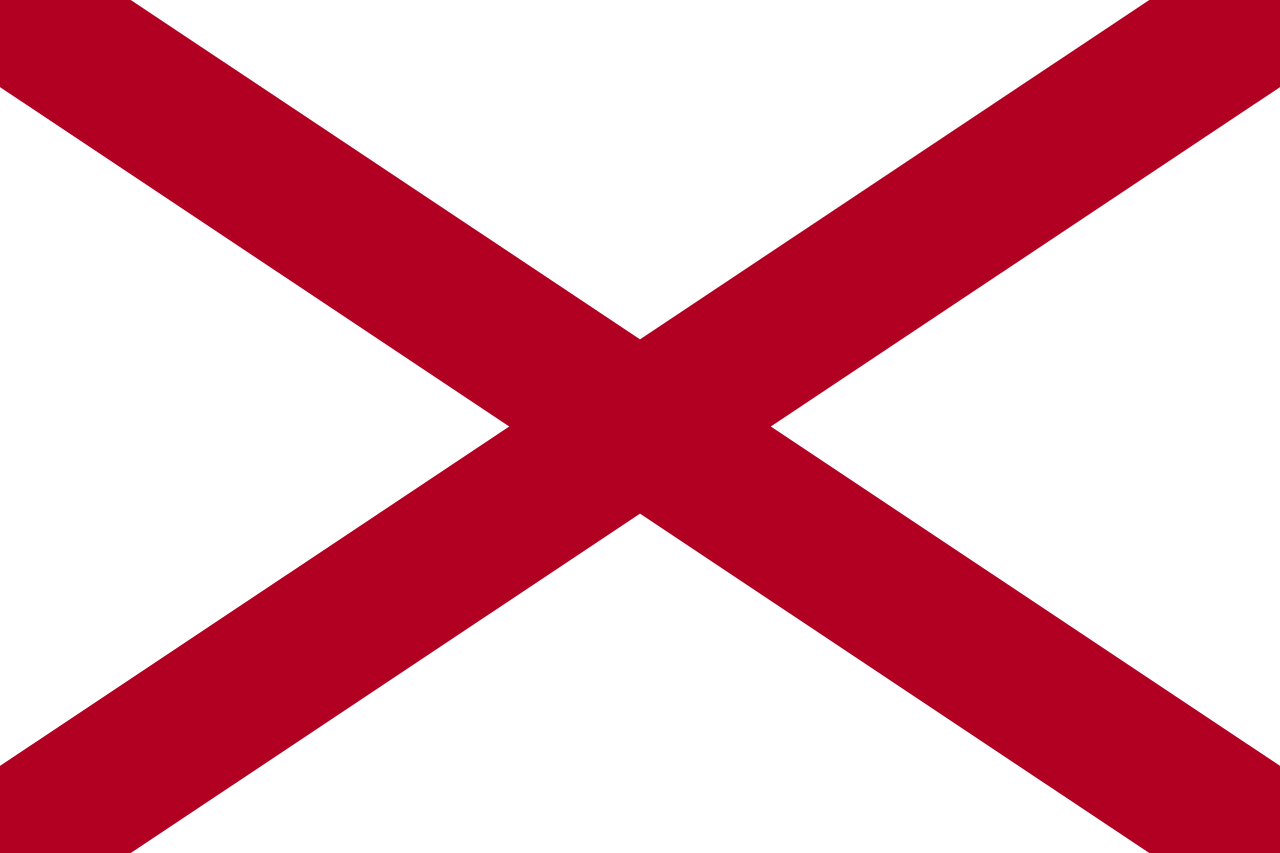 Alabama-AL
Alabama-AL

 Alaska-AK
Alaska-AK

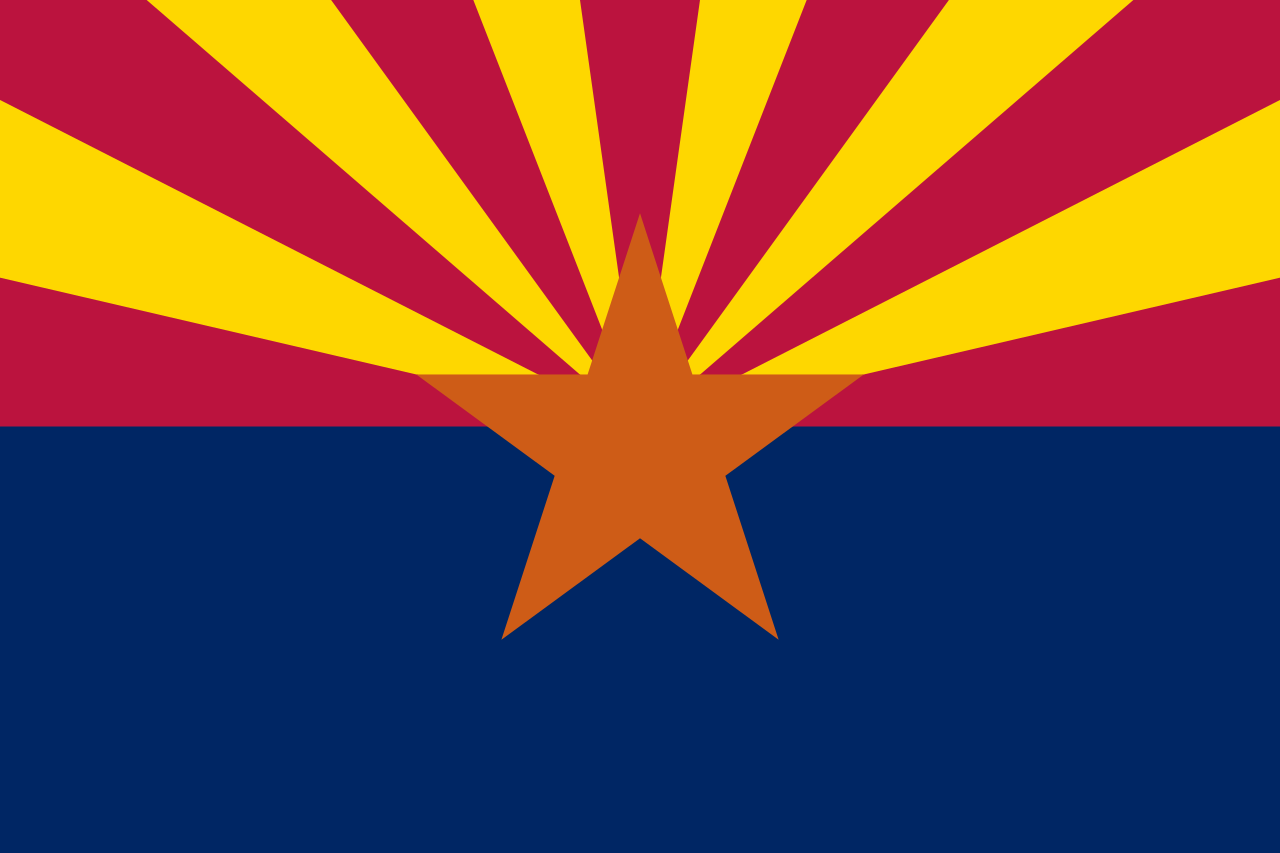 Arizona-AZ
Arizona-AZ

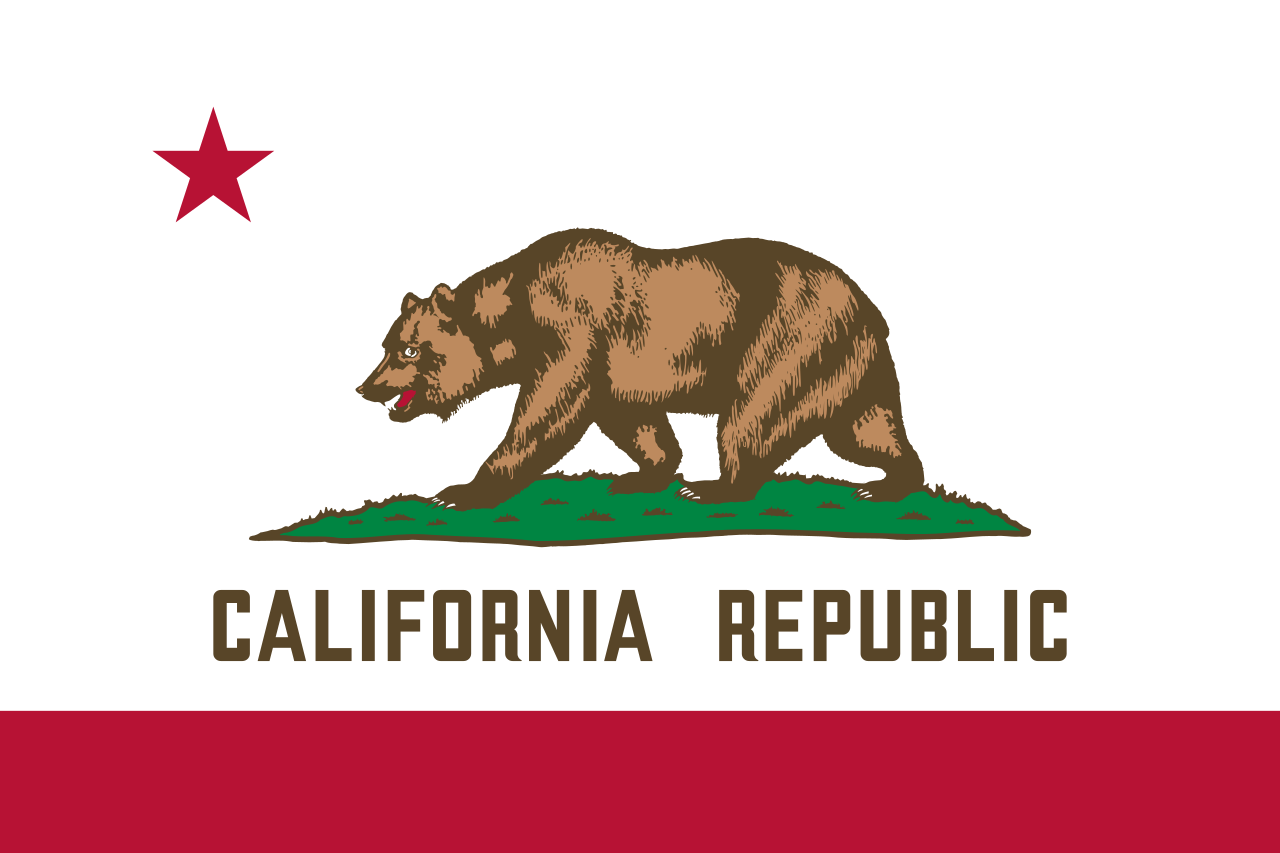 California-CA
California-CA

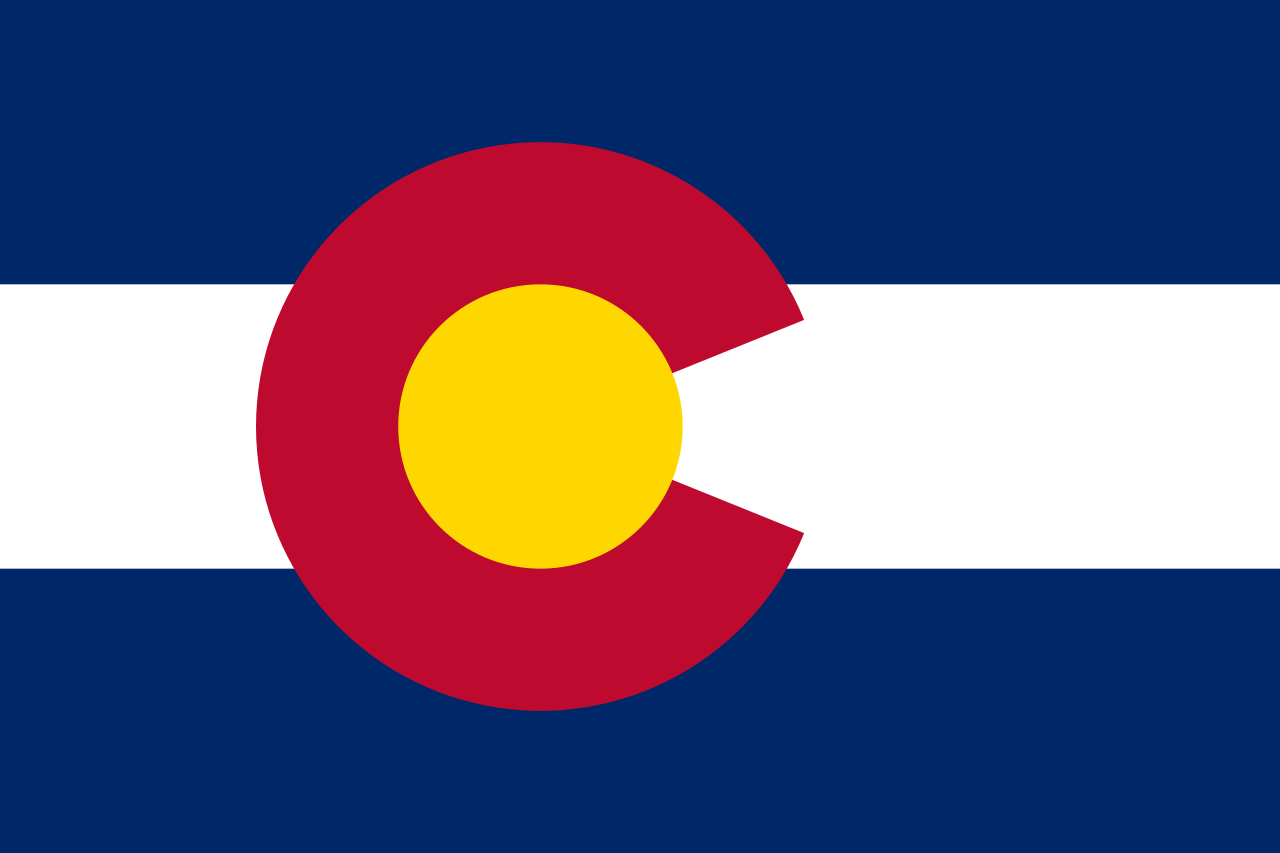 Colorado-CO
Colorado-CO

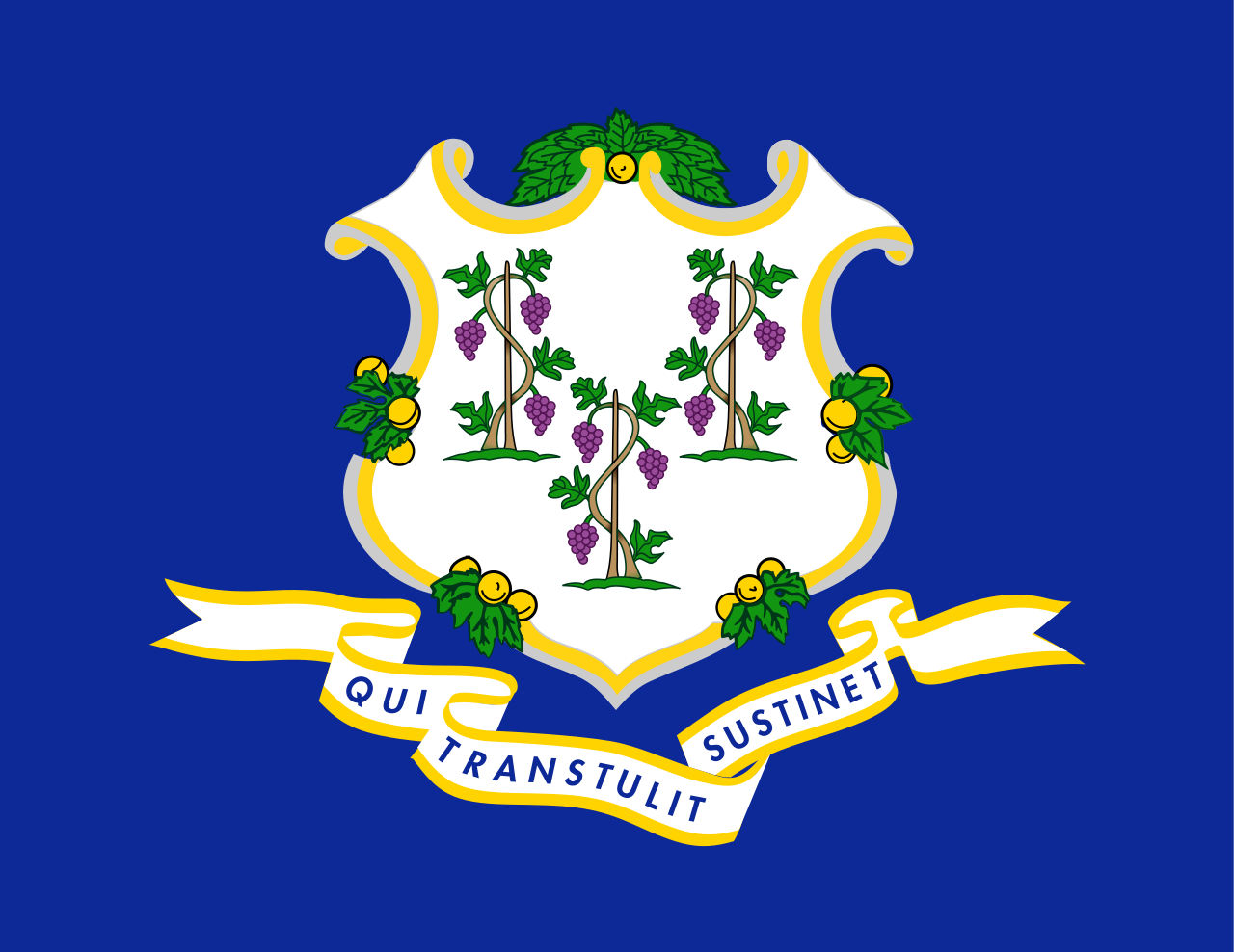 Connecticut-CT
Connecticut-CT

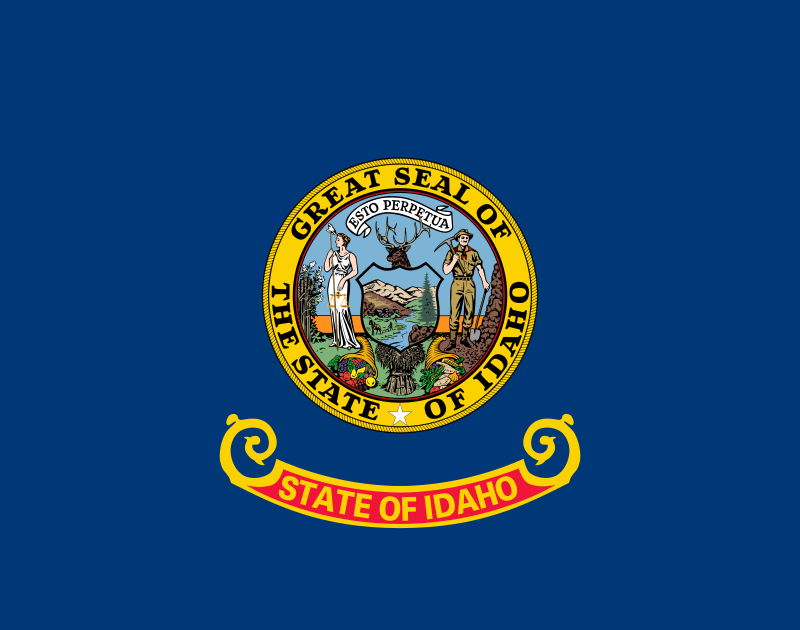 Idaho-ID
Idaho-ID

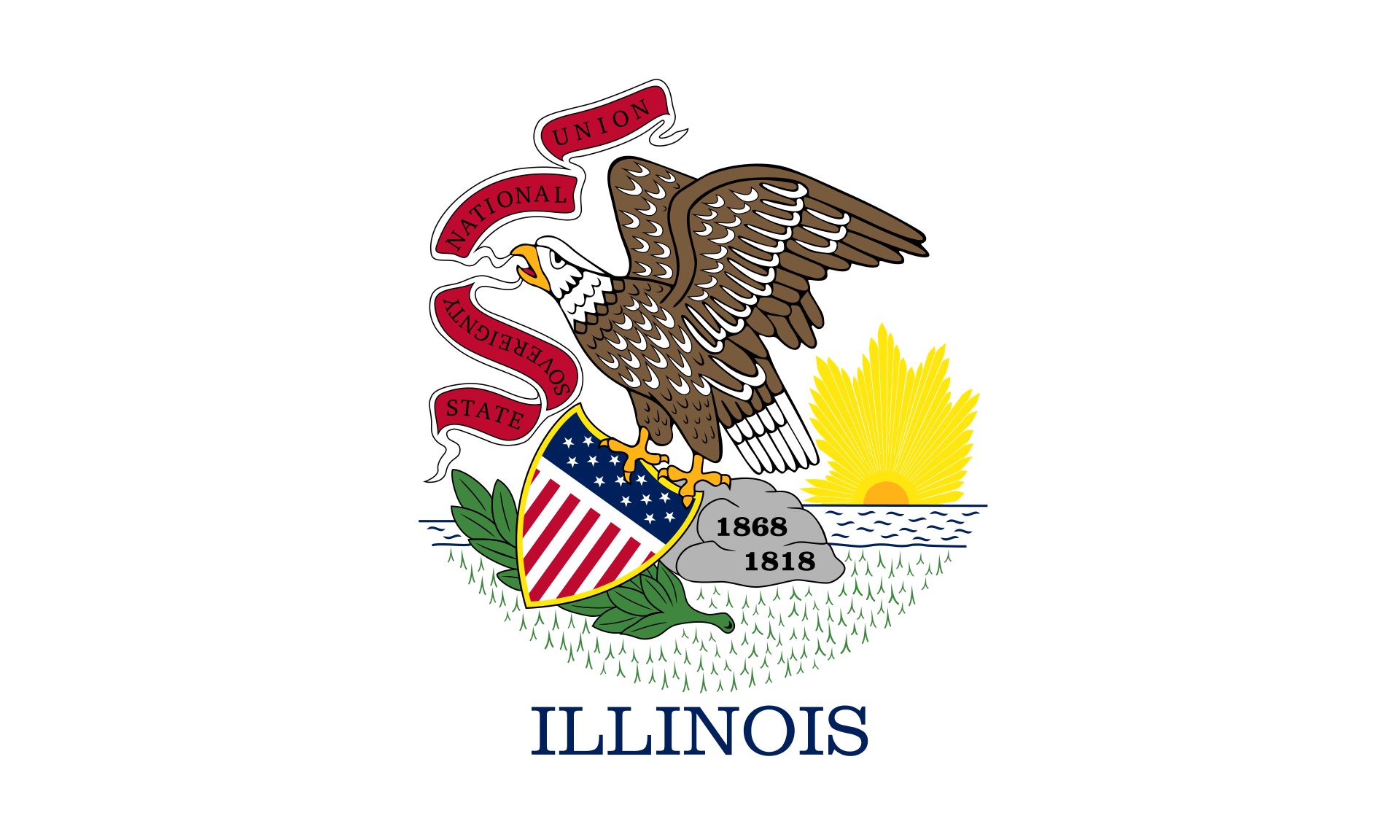 Illinois-IL
Illinois-IL

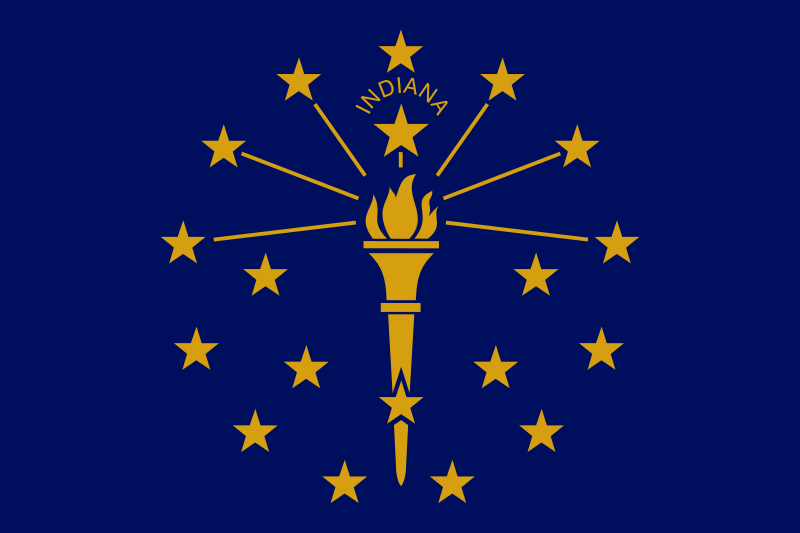 Indiana-IN
Indiana-IN

 Iowa-IA
Iowa-IA

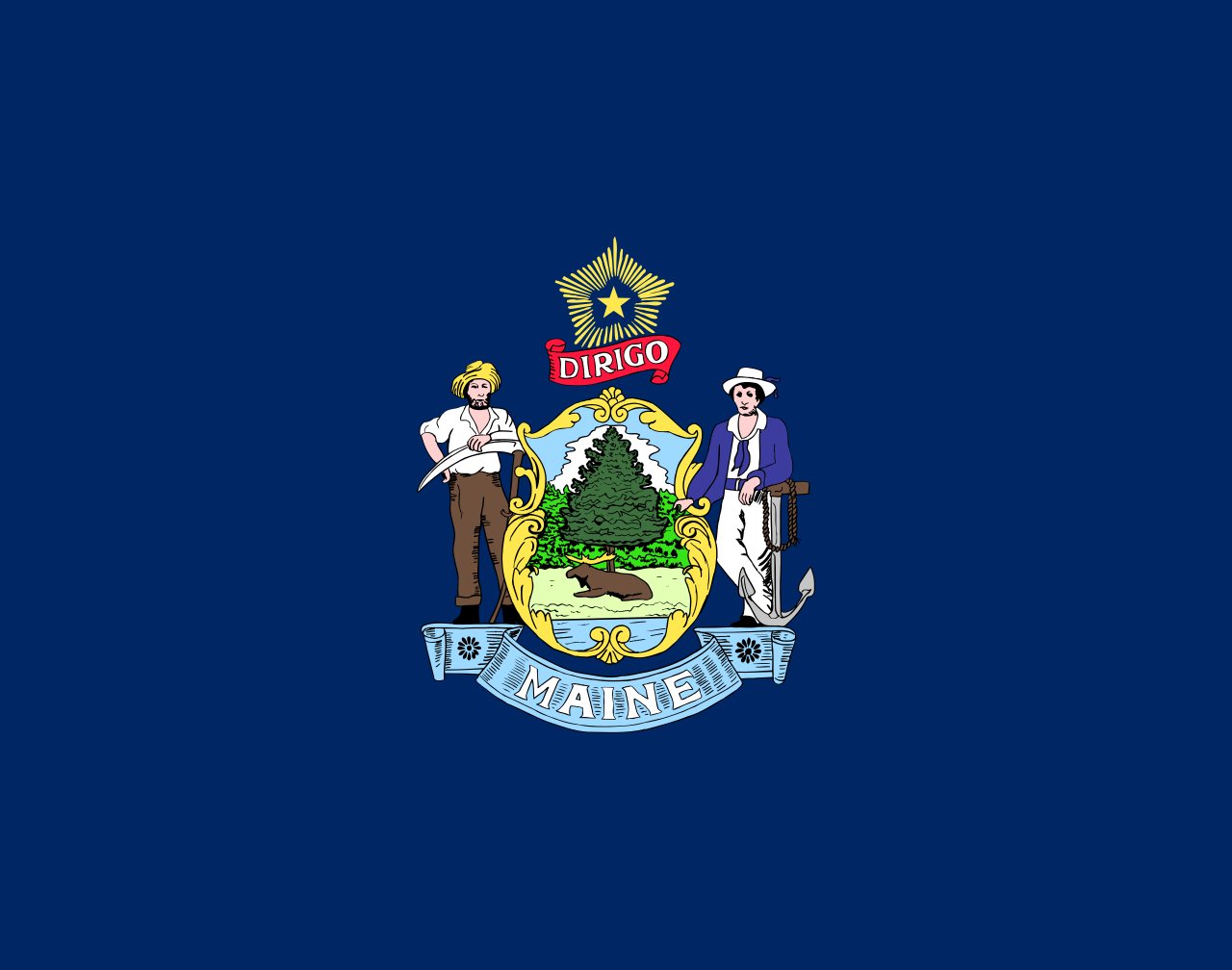 Maine-ME
Maine-ME

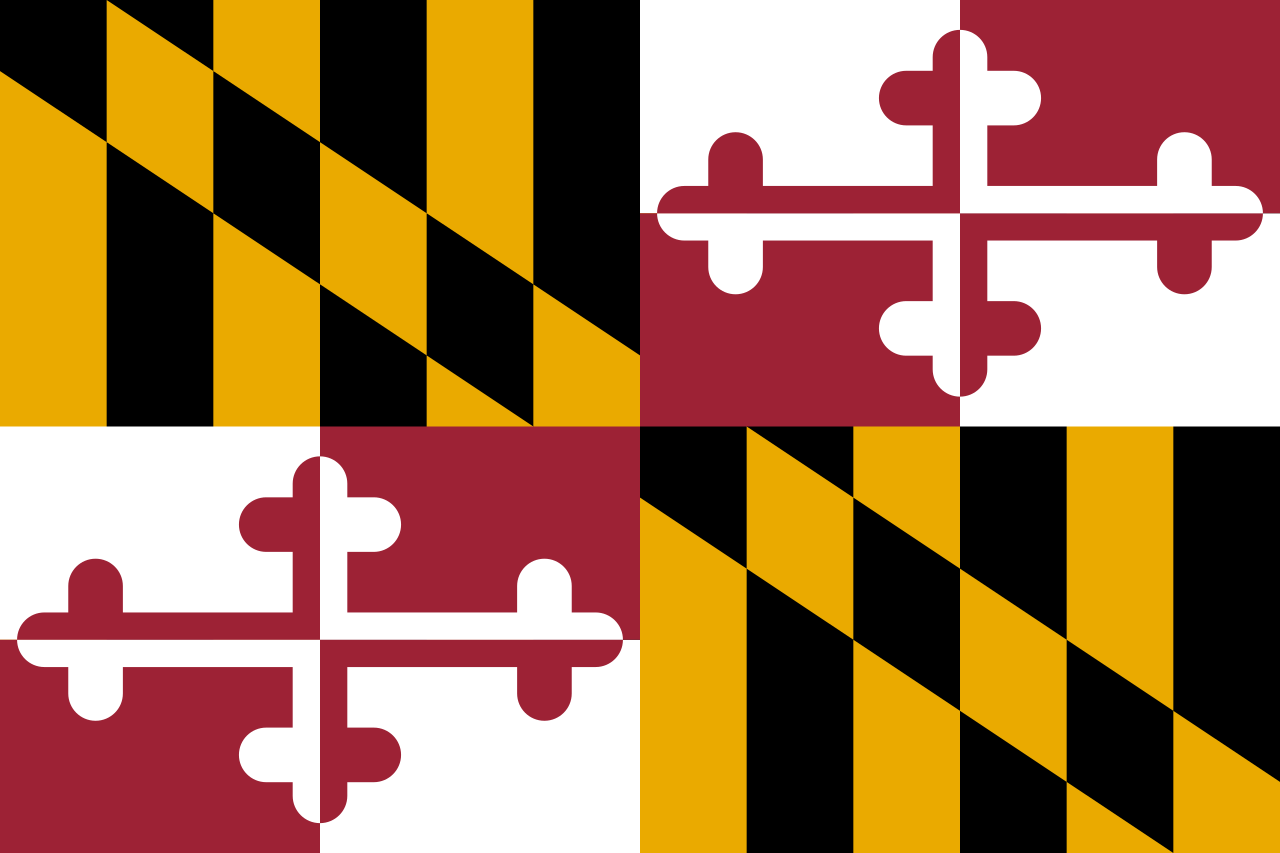 Maryland-MD
Maryland-MD

 Massachusetts-MA
Massachusetts-MA

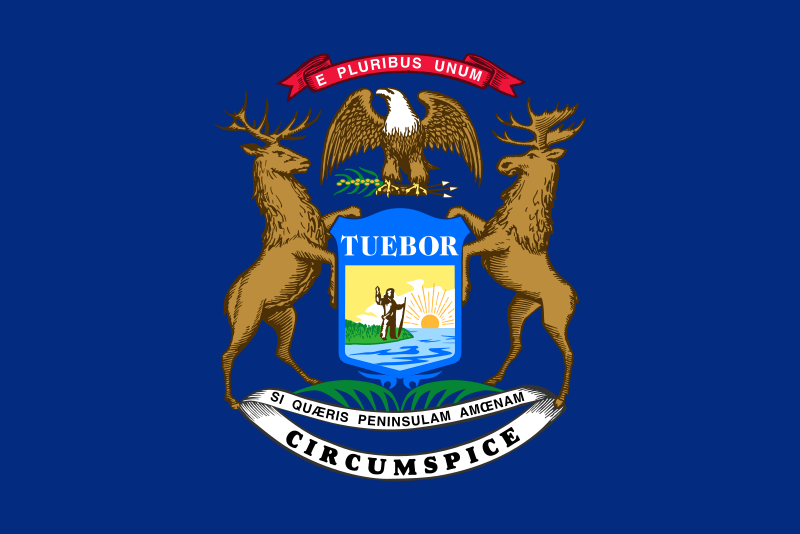 Michigan-MI
Michigan-MI

 Minnesota-MN
Minnesota-MN

 Missouri-MO
Missouri-MO

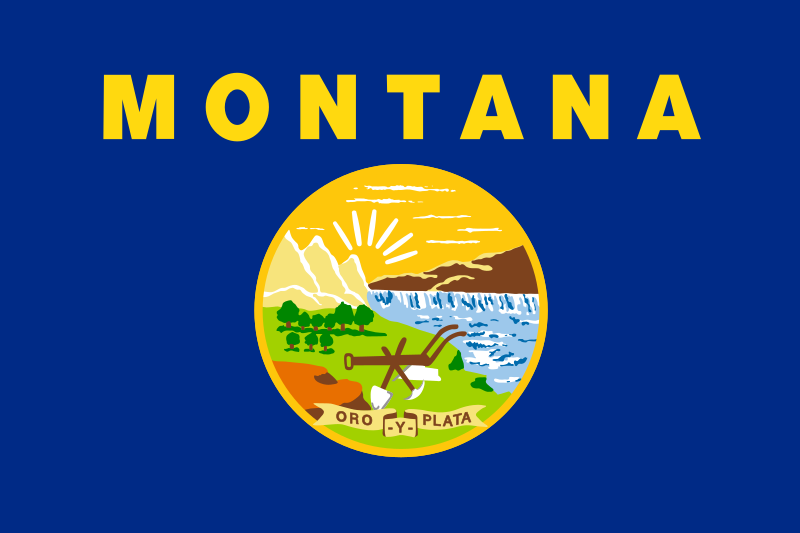 Montana-MT
Montana-MT

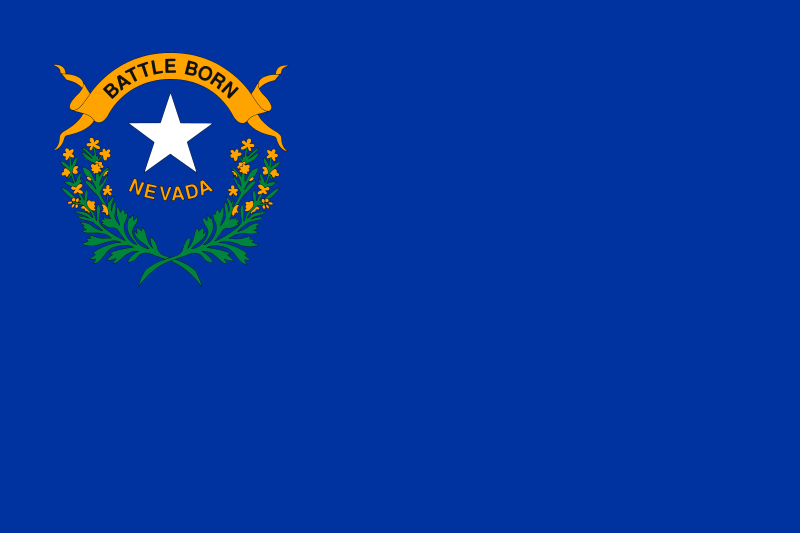 Nevada-NV
Nevada-NV

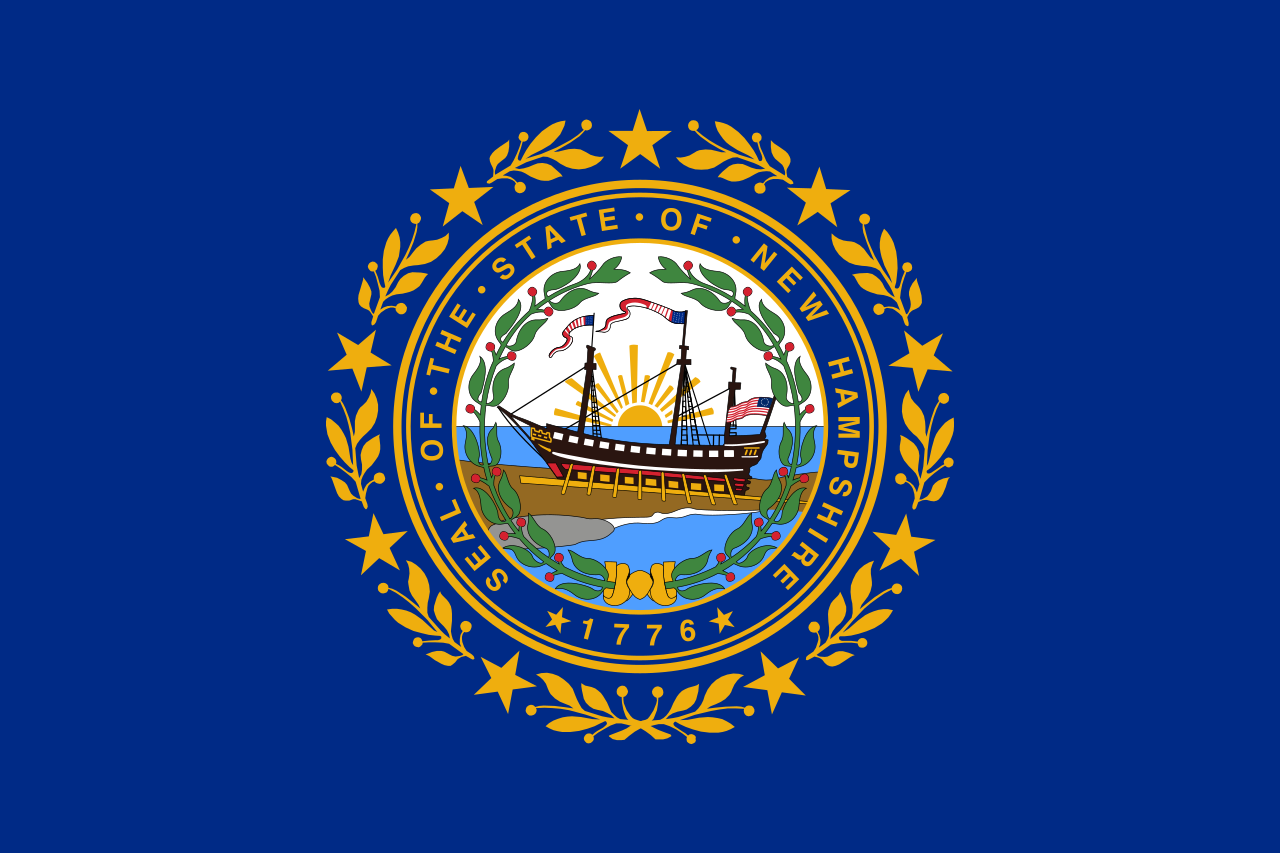 New hampshire-NH
New hampshire-NH

 New jersey-NJ
New jersey-NJ

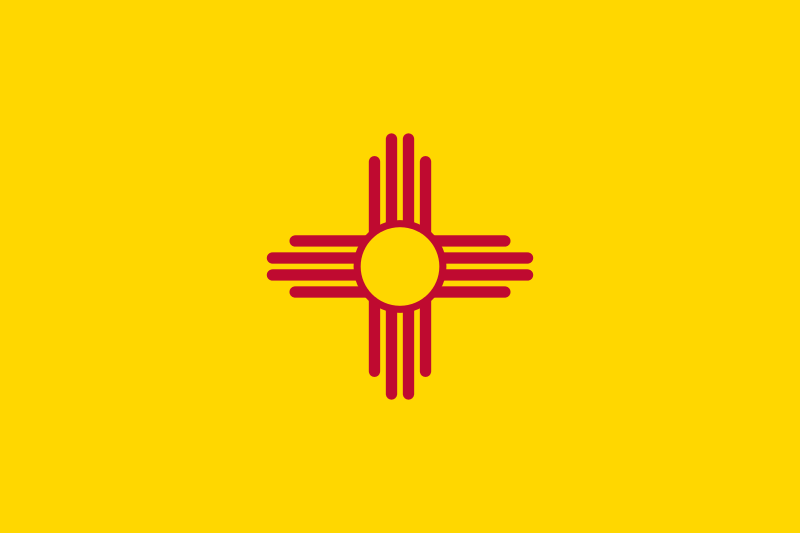 New mexico-NM
New mexico-NM

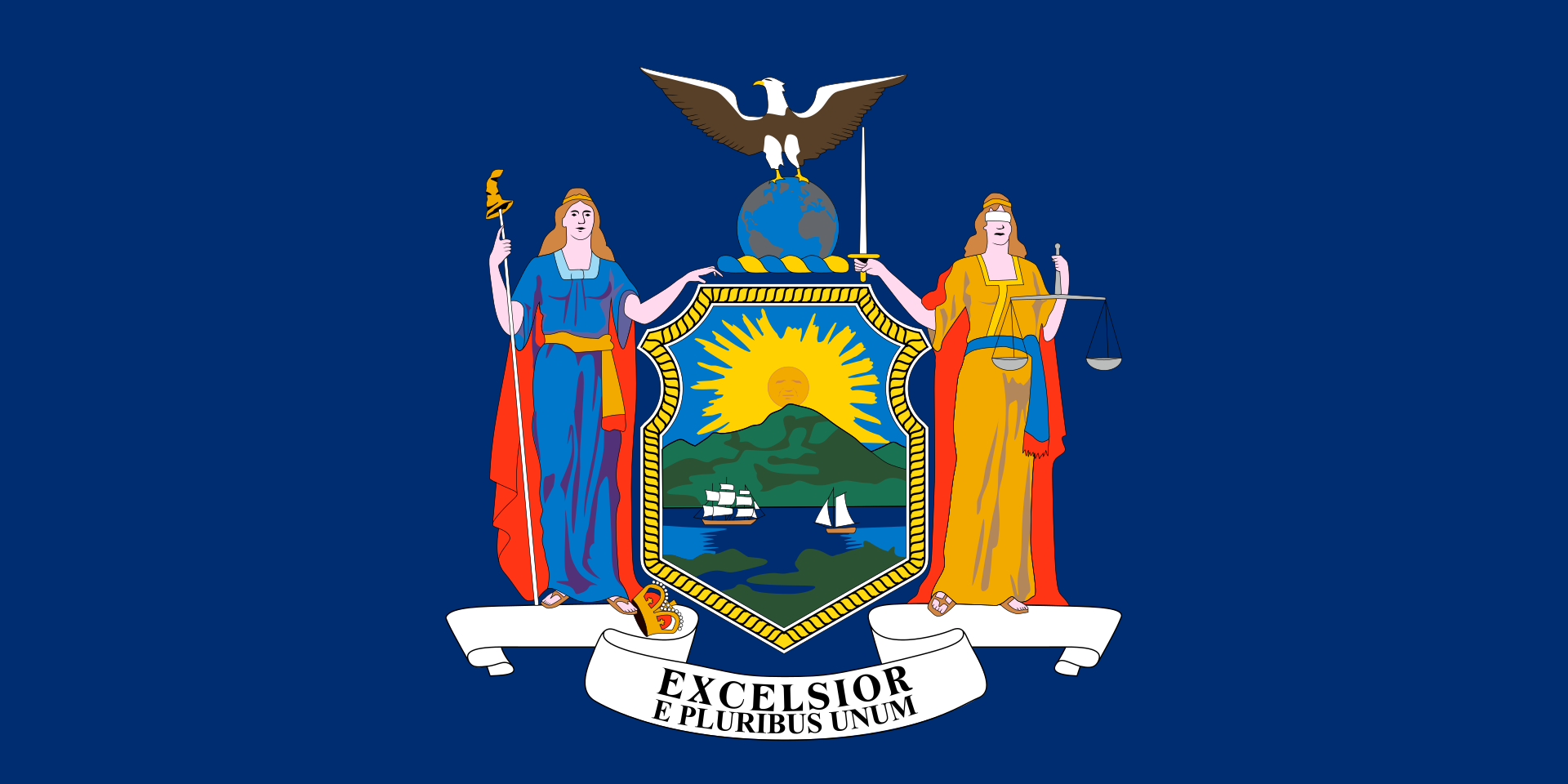 New York-NY
New York-NY

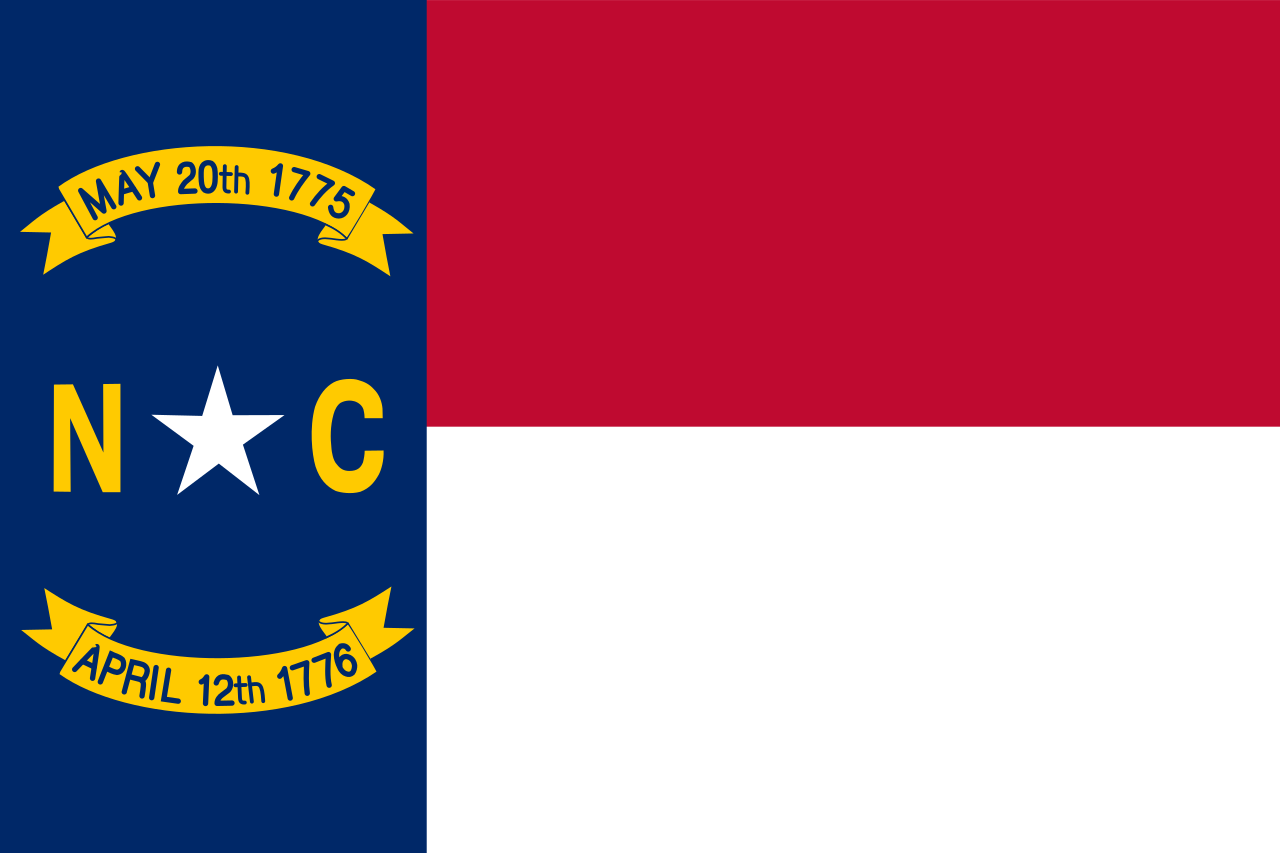 North Carolina-NC
North Carolina-NC

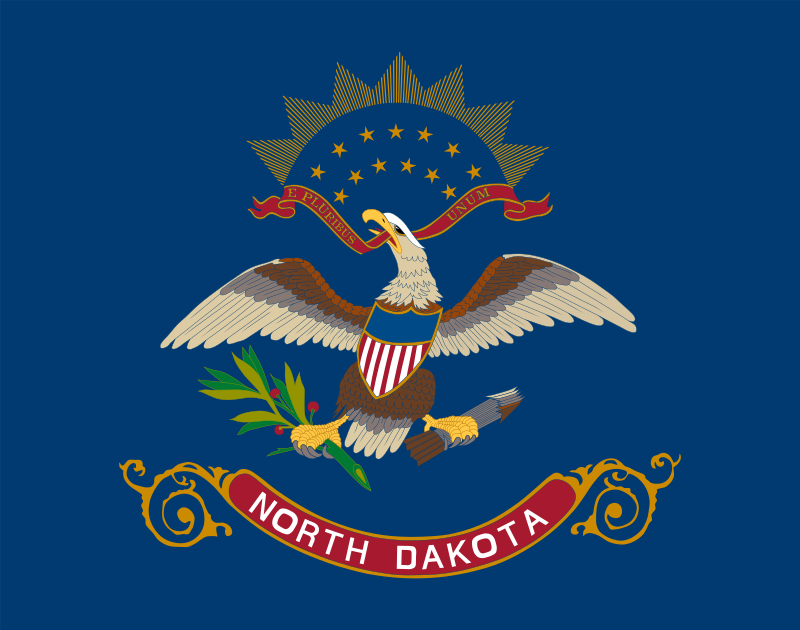 North Dakota-ND
North Dakota-ND

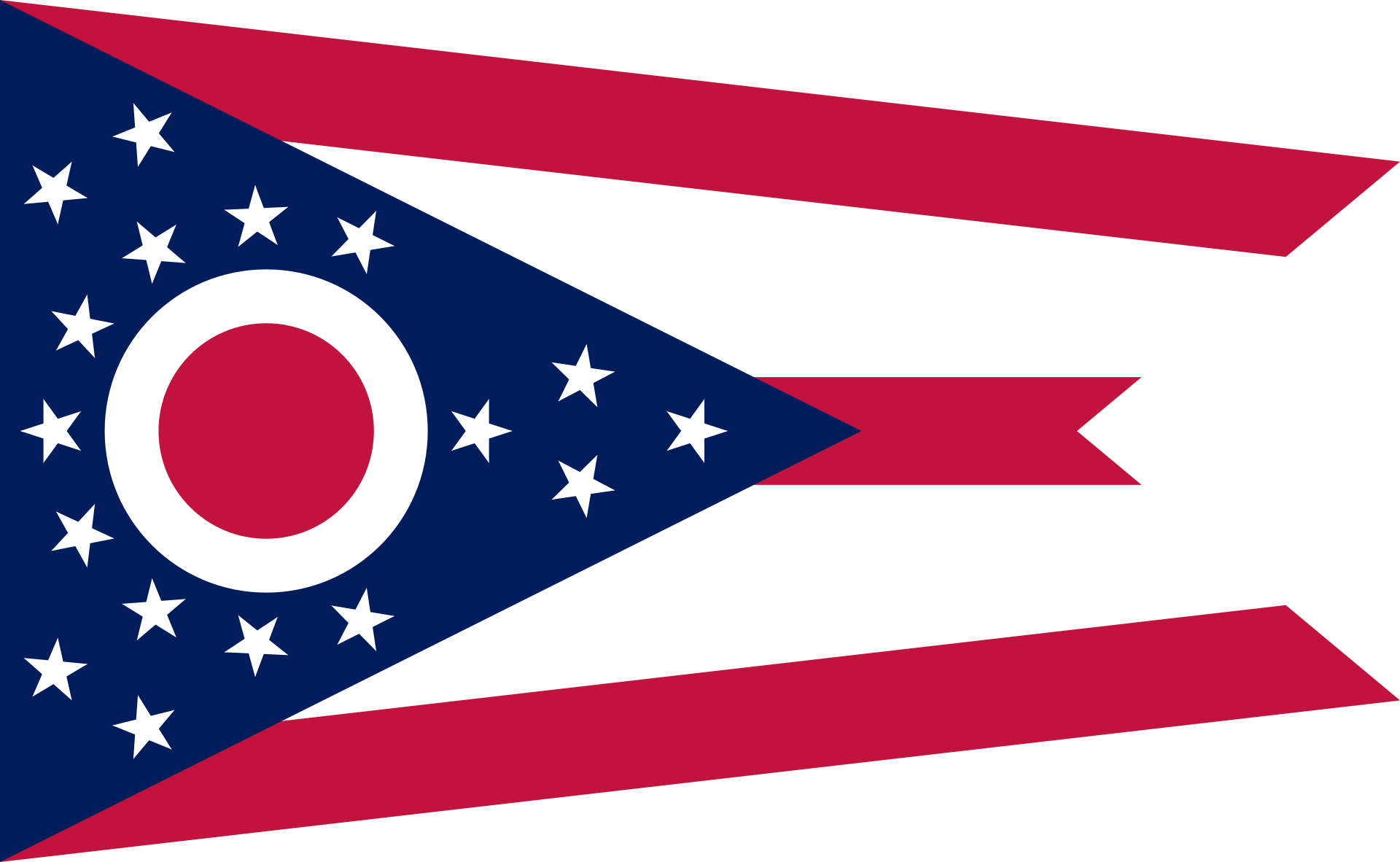 Ohio-OH
Ohio-OH

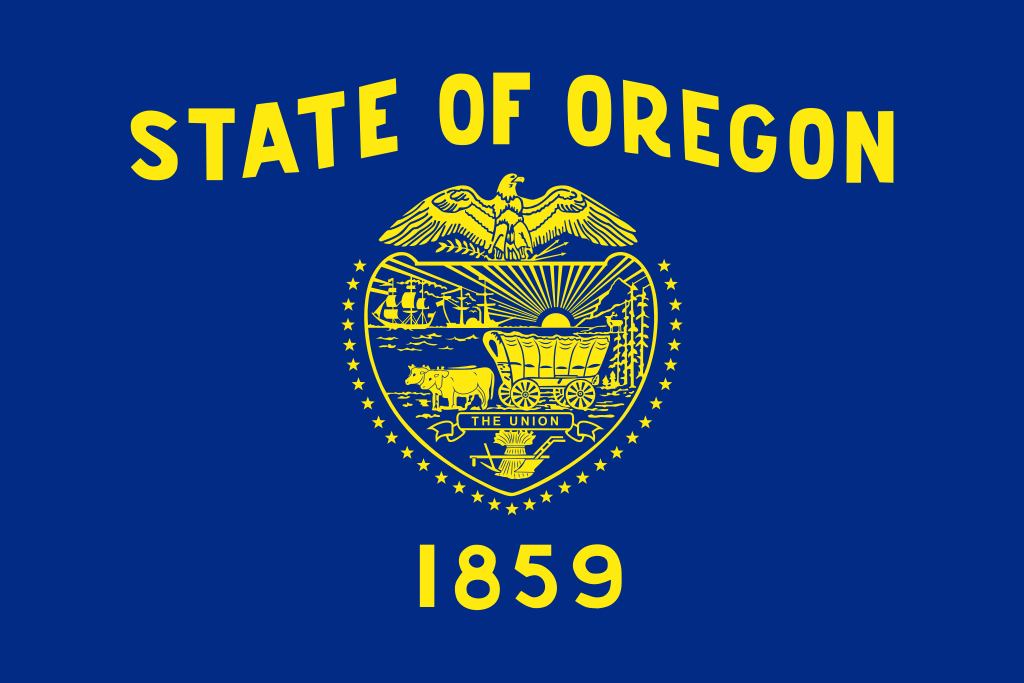 Oregon-OR
Oregon-OR

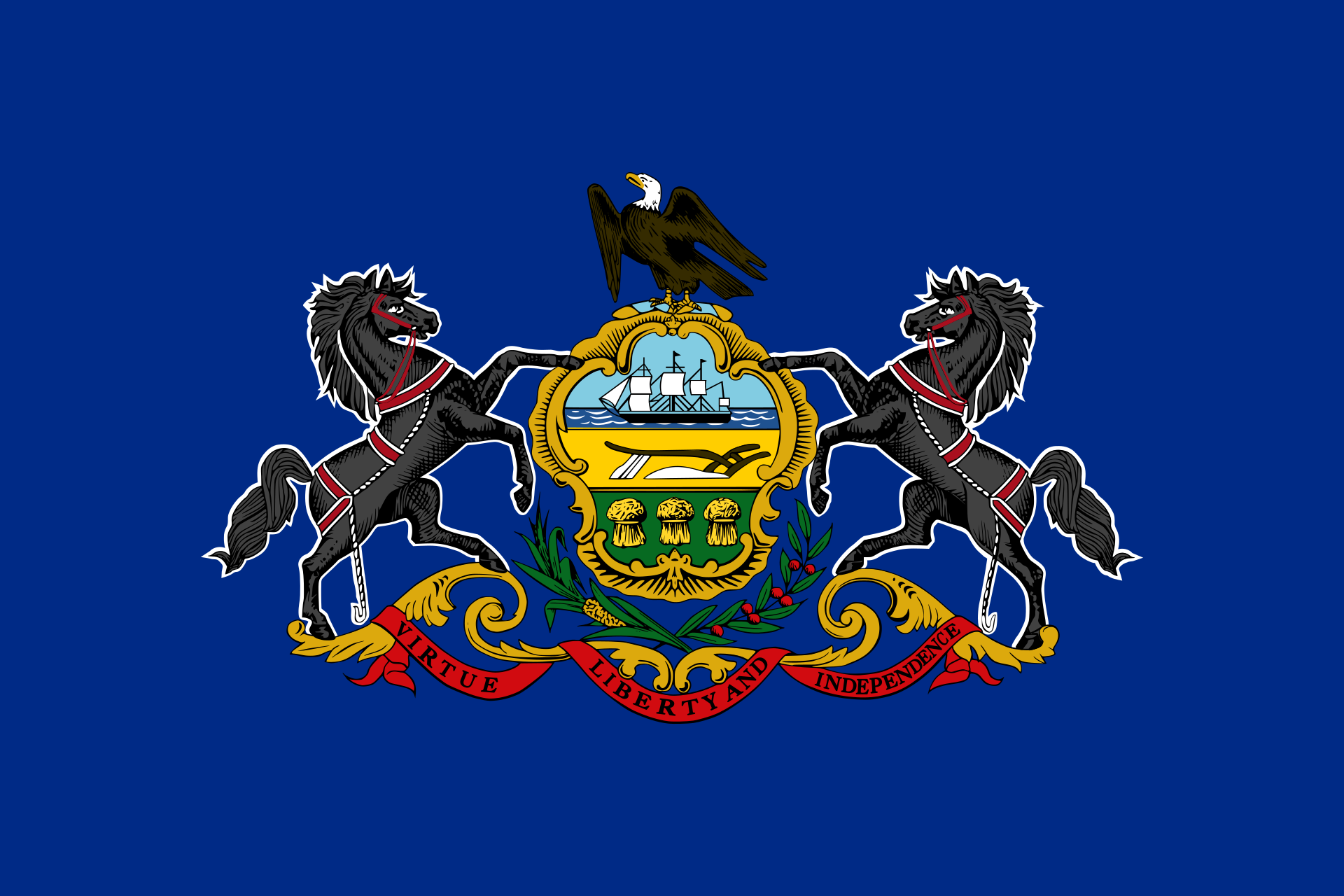 Pennsylvania-PA
Pennsylvania-PA

 Rhode Island-RI
Rhode Island-RI

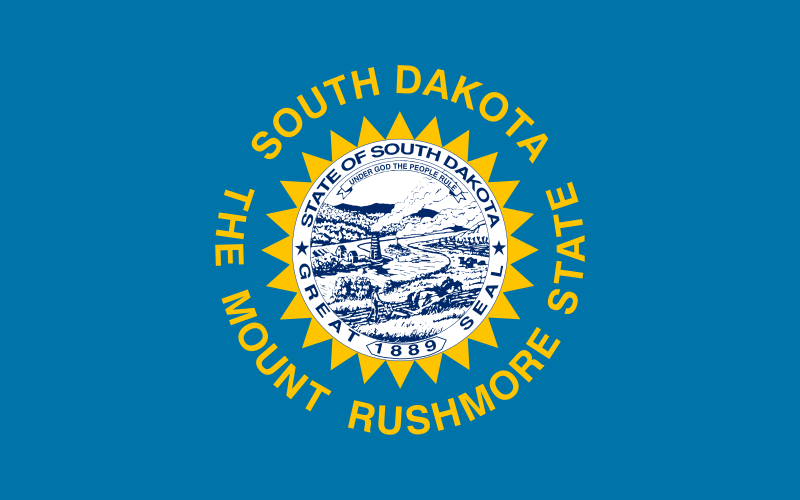 South Dakota-SD
South Dakota-SD

 Sport
Sport

 Tennessee-TN
Tennessee-TN

 Texas-TX
Texas-TX

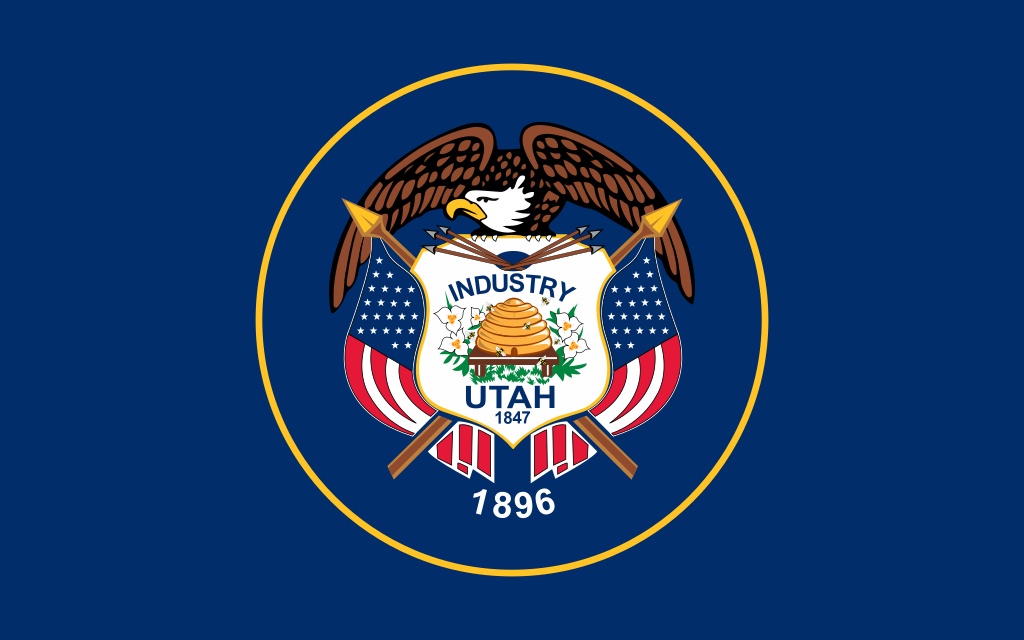 Utah-UT
Utah-UT
 United States
United States

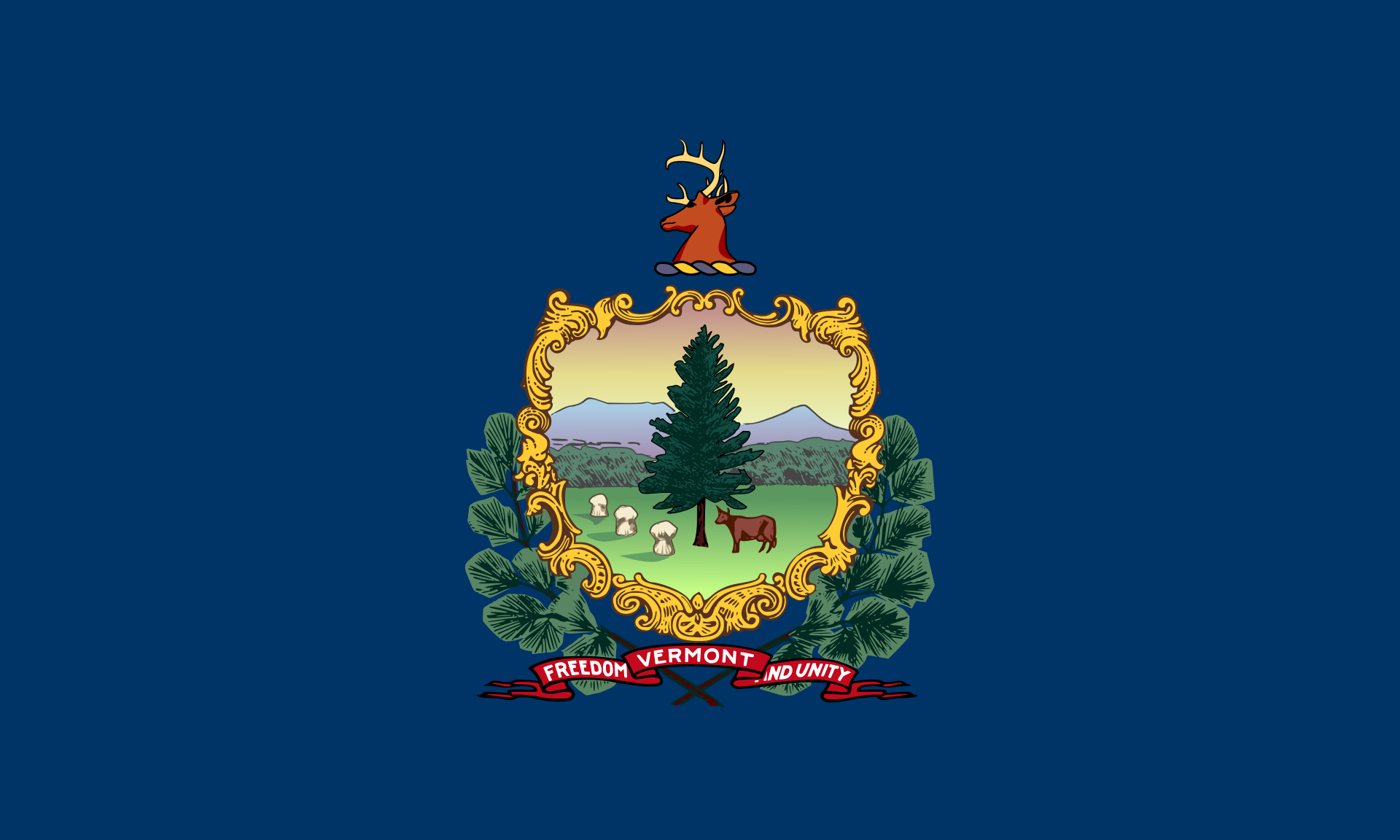 Vermont-VT
Vermont-VT

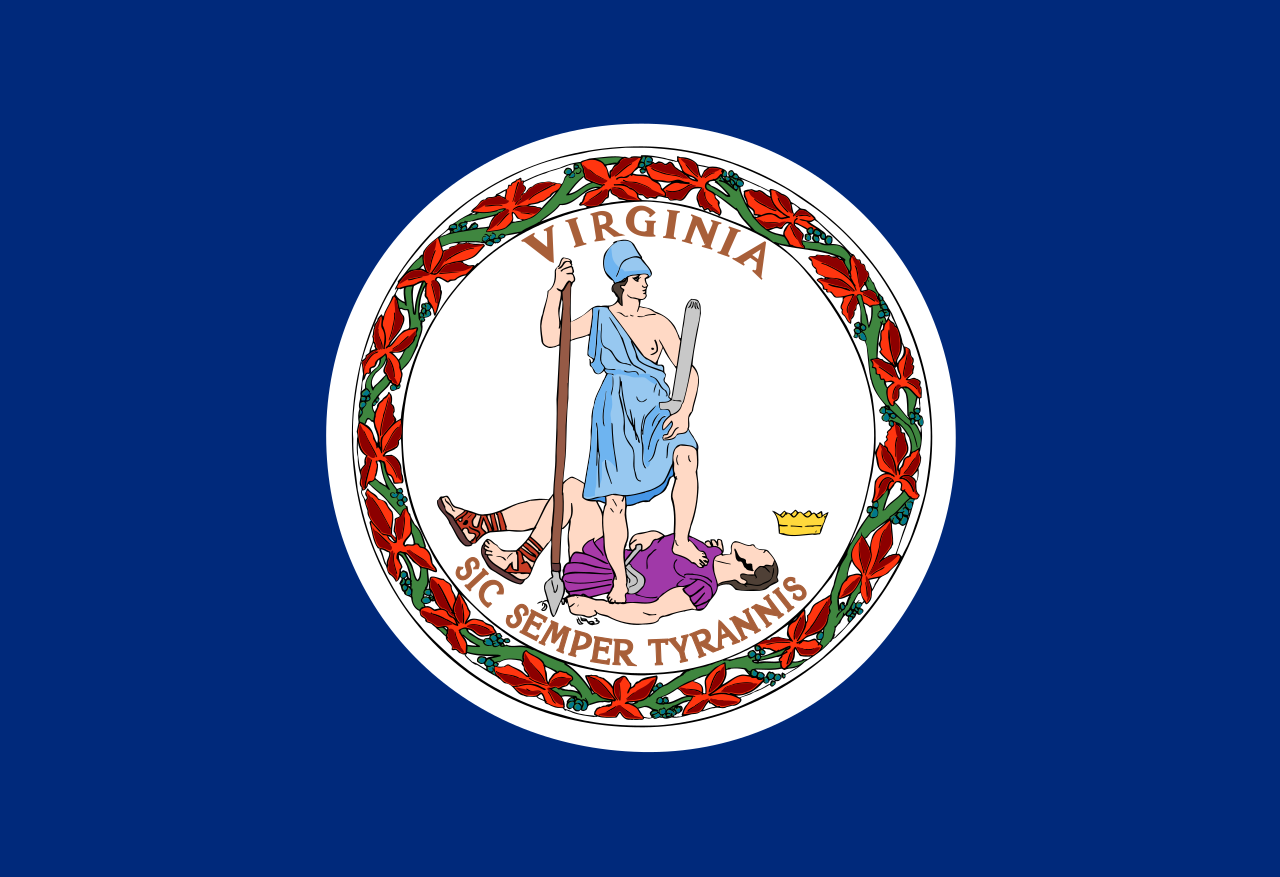 Virginia-VA
Virginia-VA

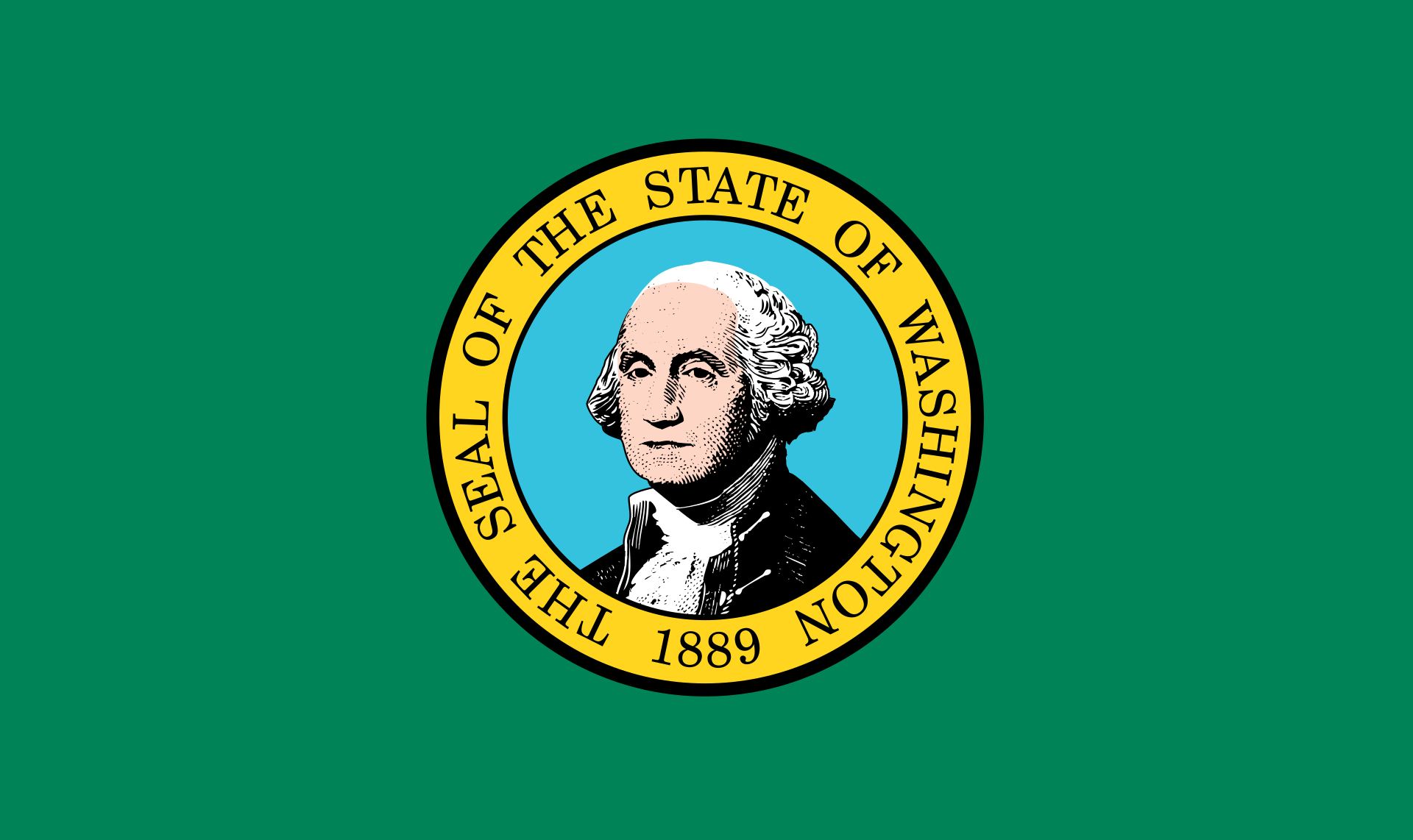 Washington-WA
Washington-WA

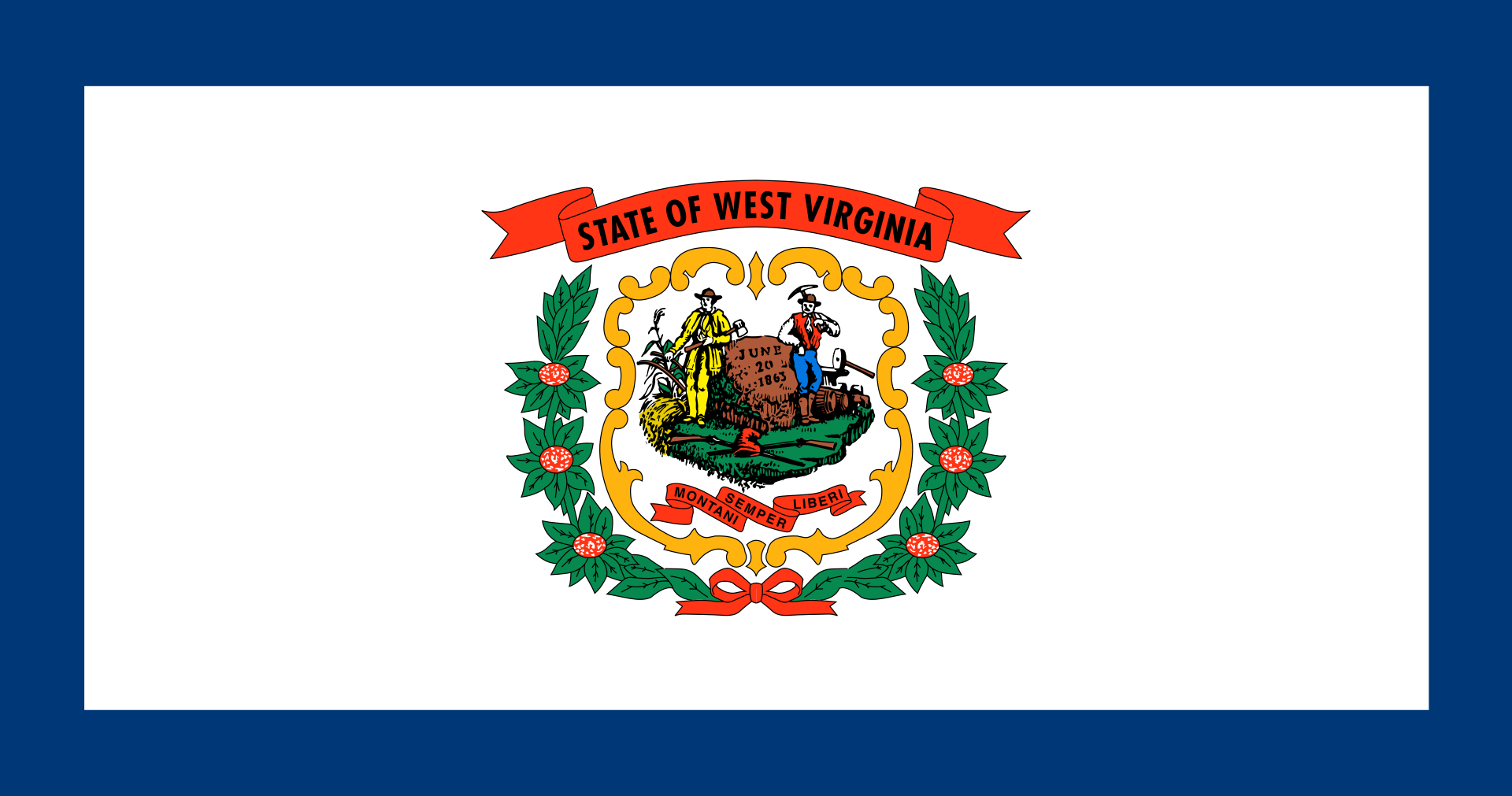 West Virginia-WV
West Virginia-WV

 Wisconsin-WI
Wisconsin-WI

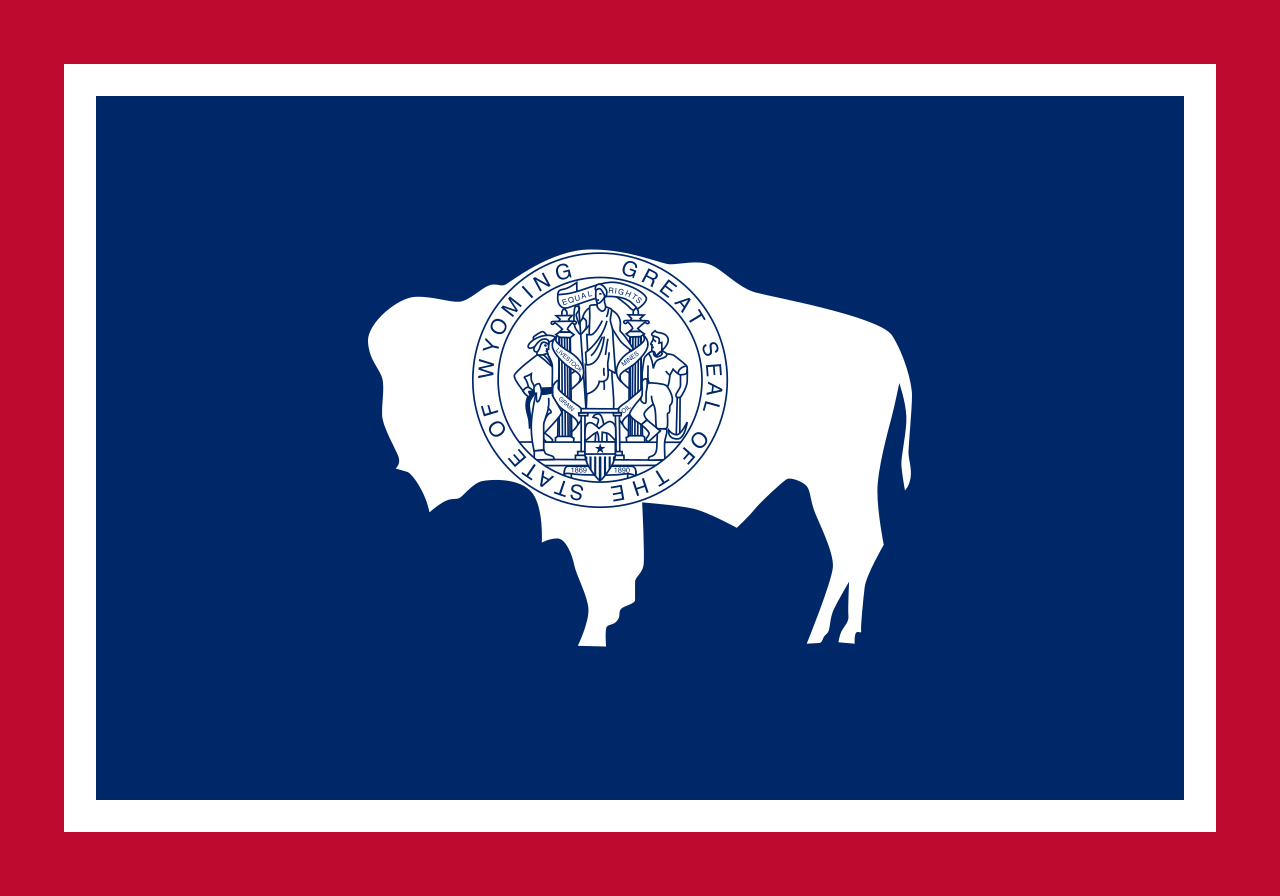 Wyoming-WY
Wyoming-WY
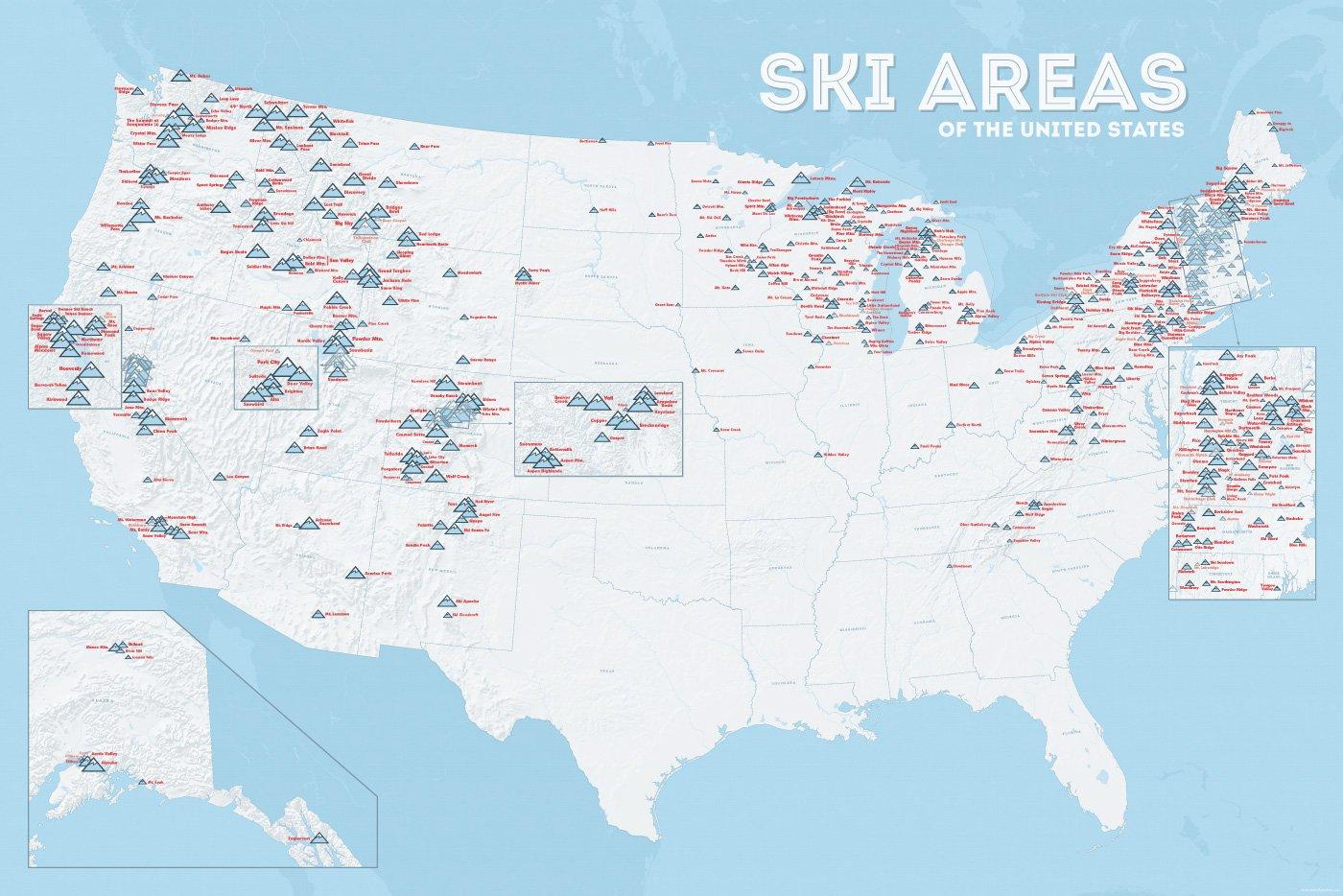
 International cities
International cities
 Geography
Geography
 Ski vacation
Ski vacation